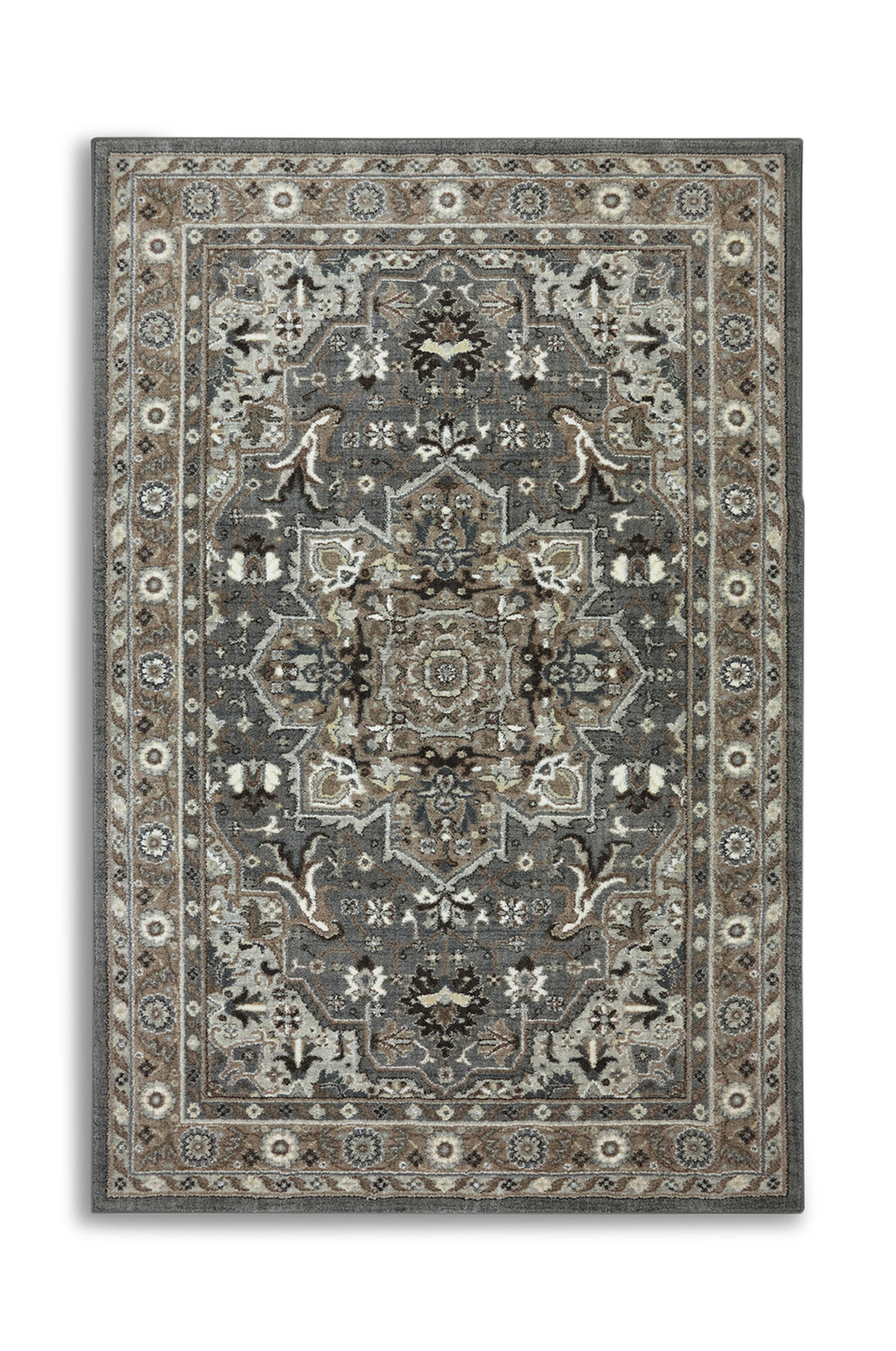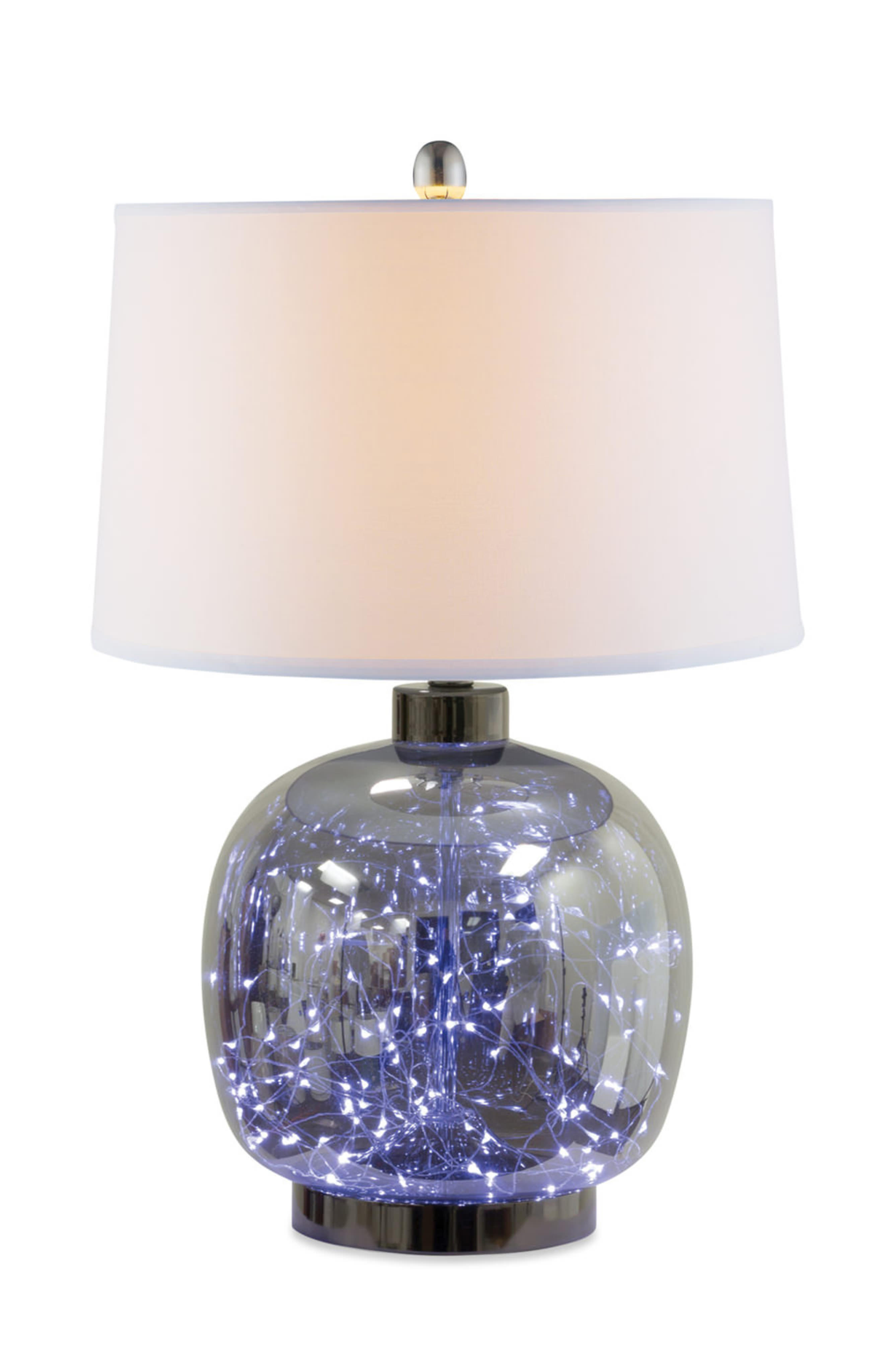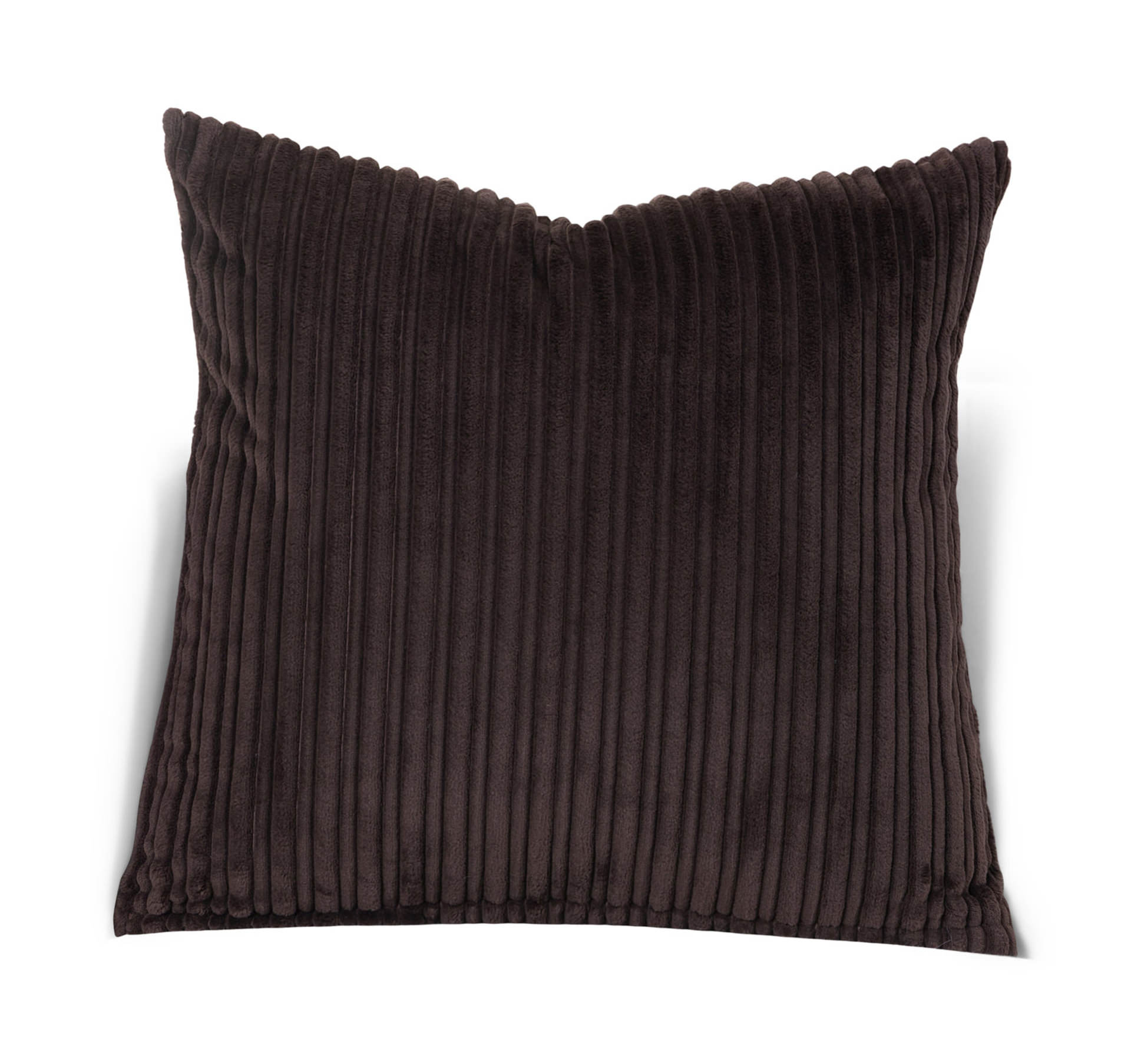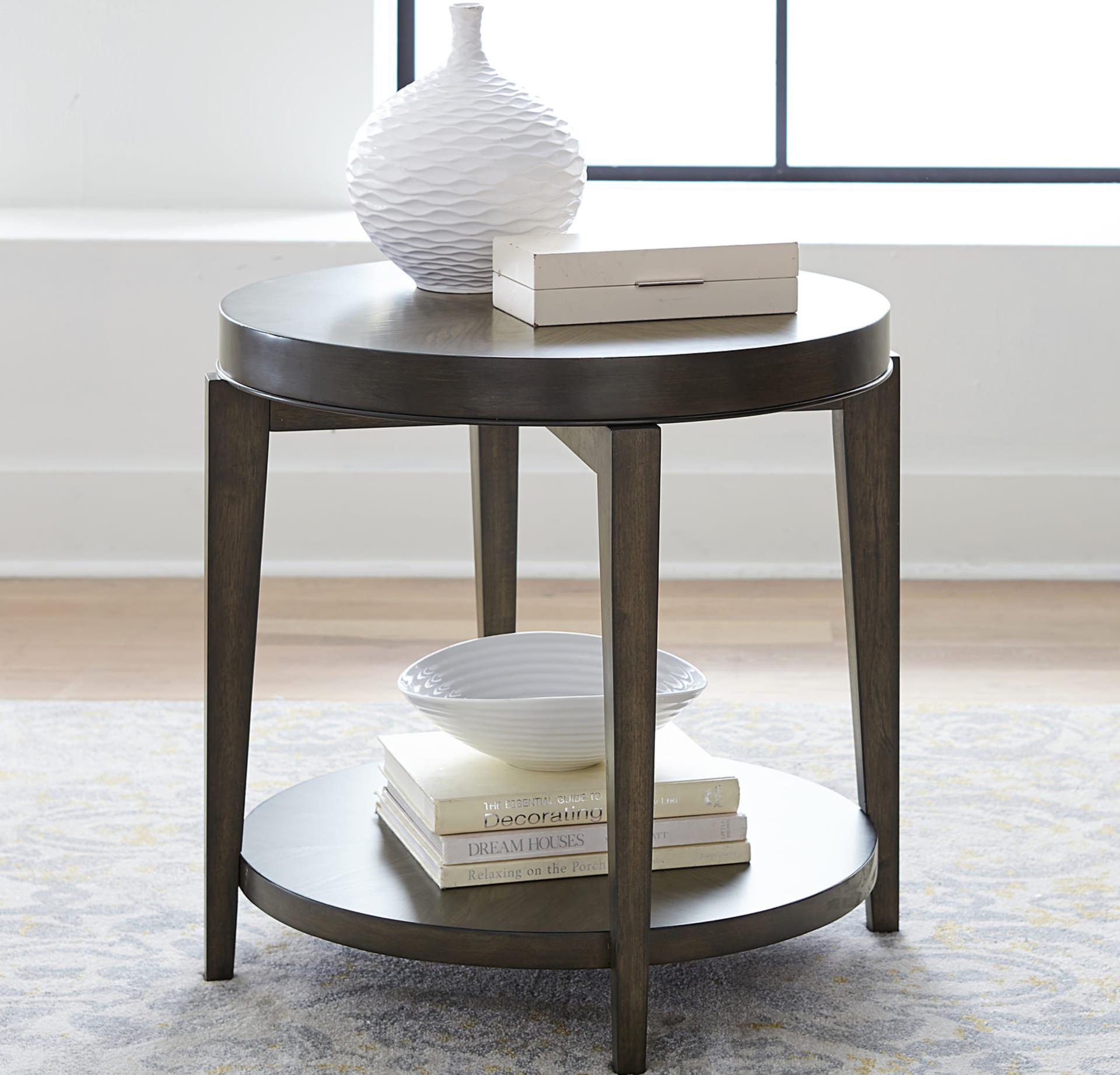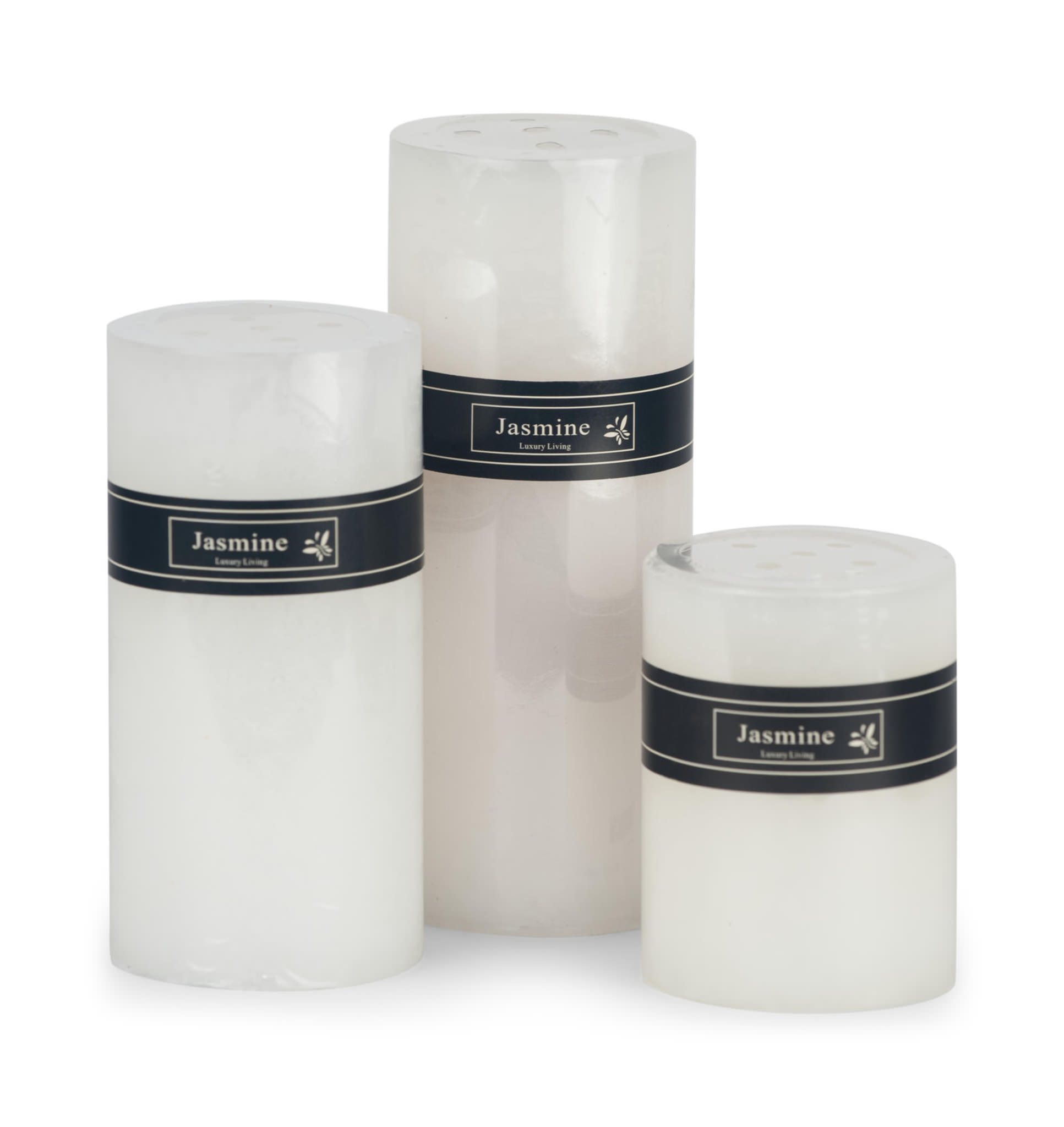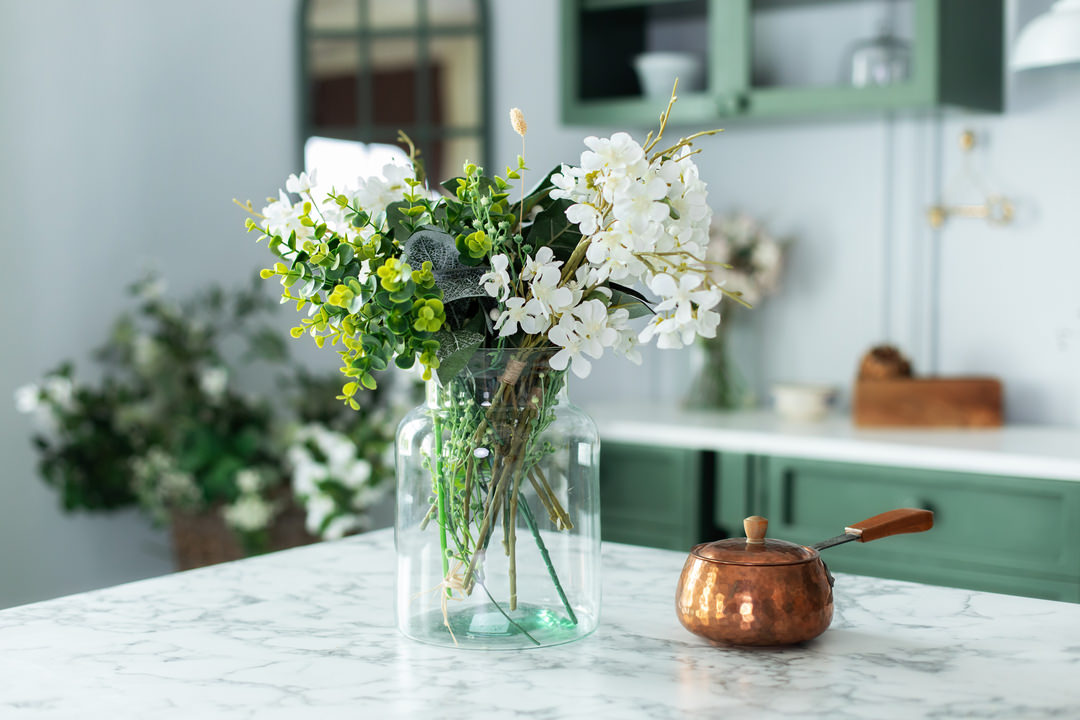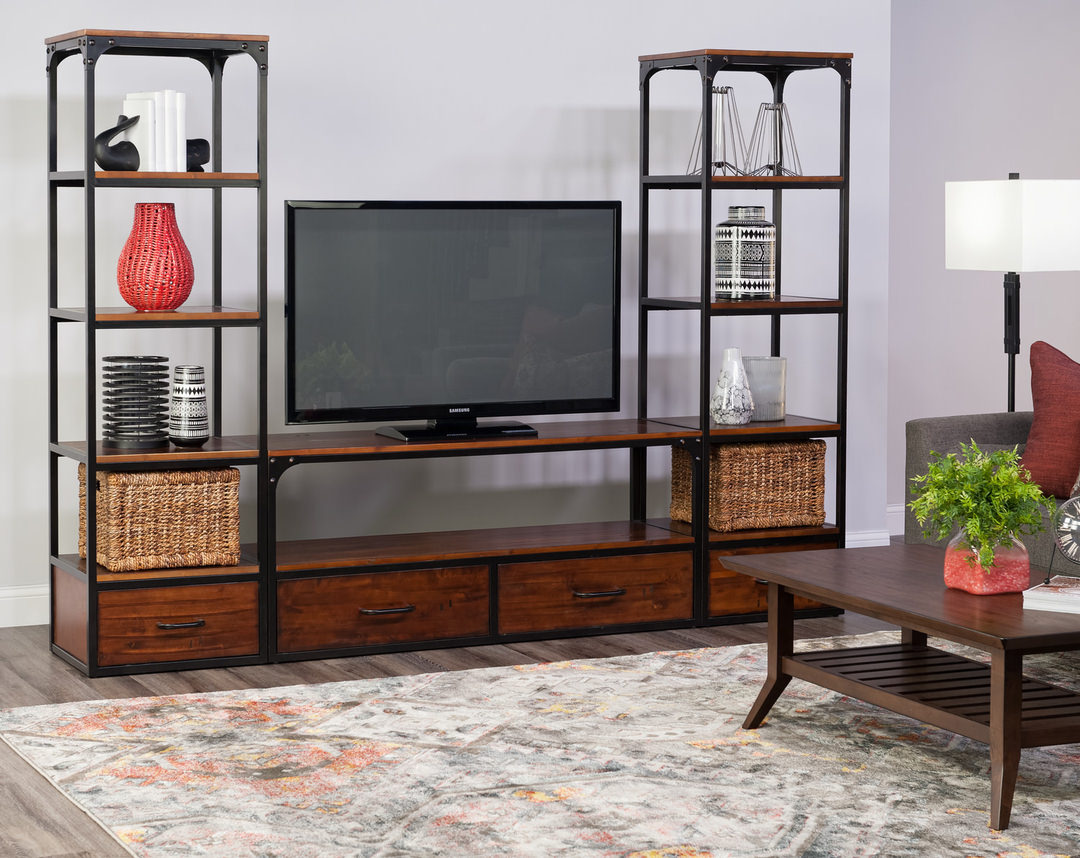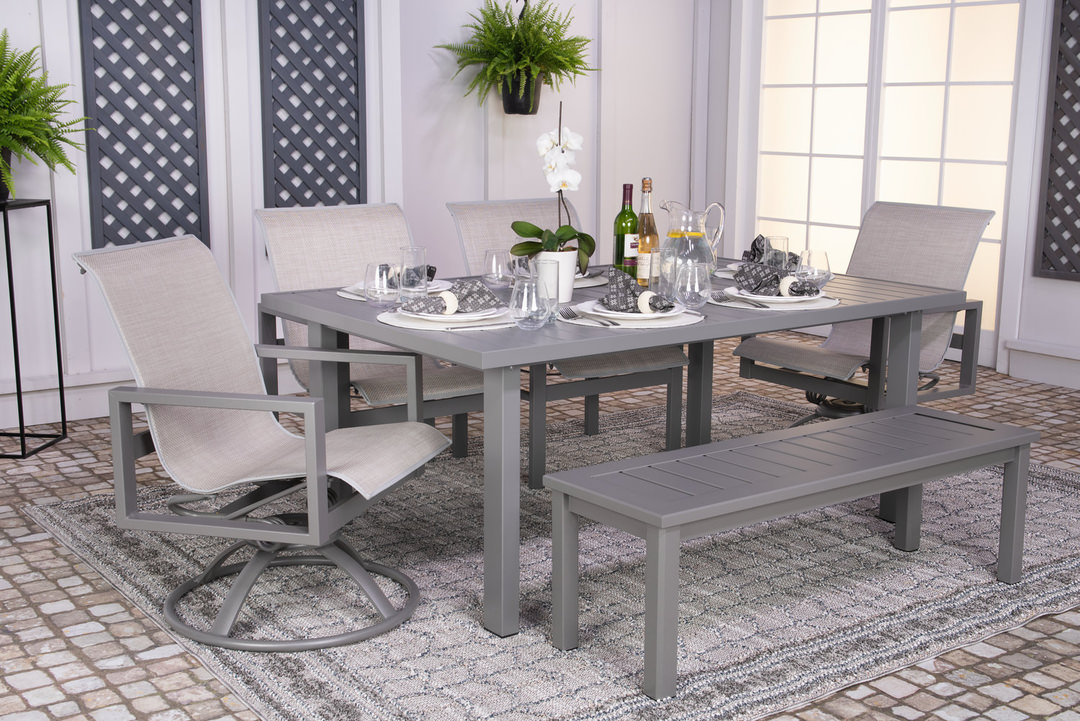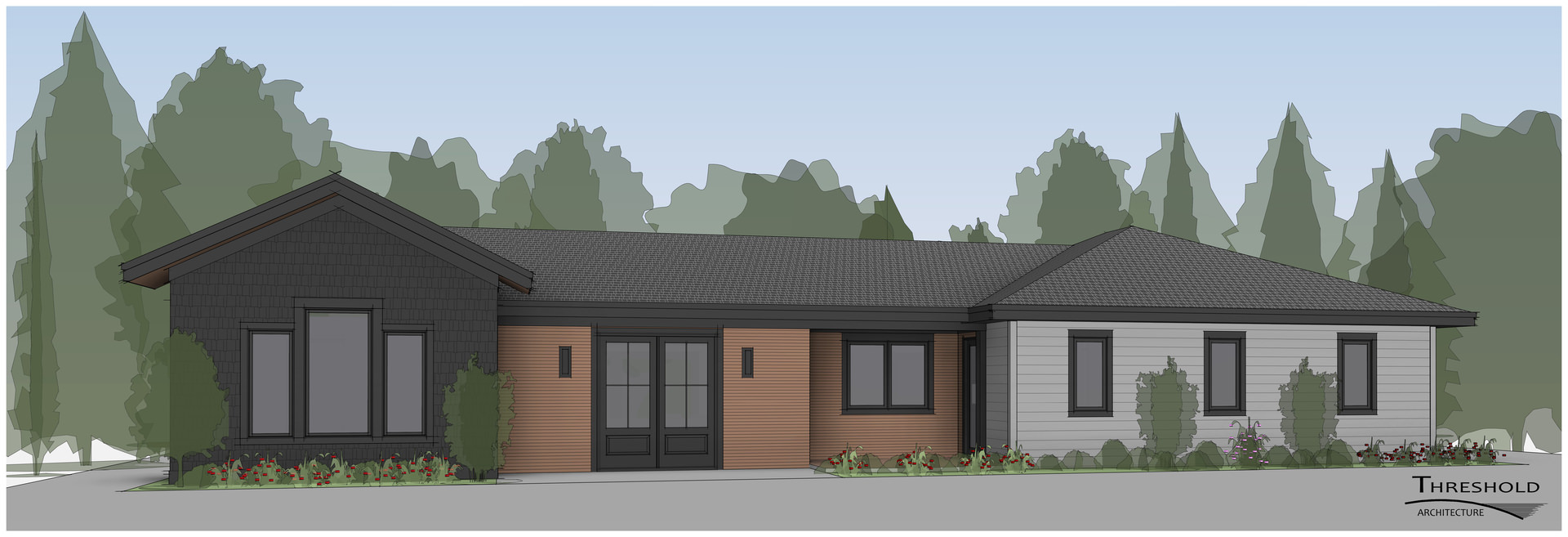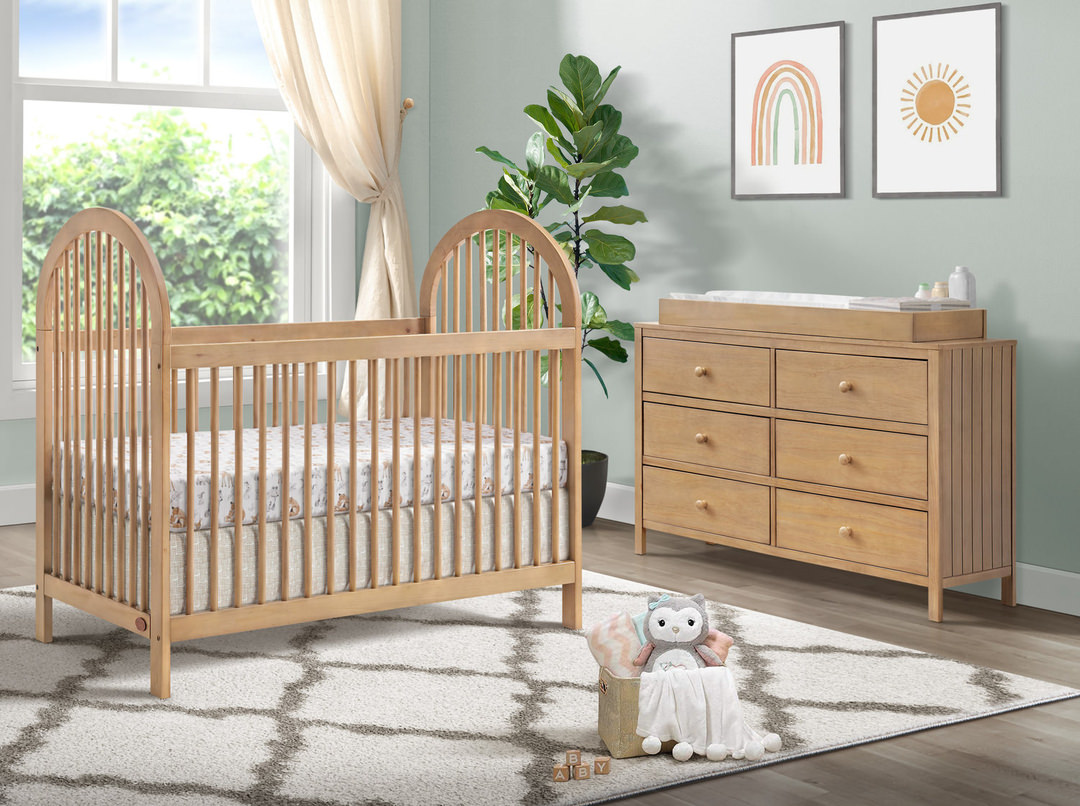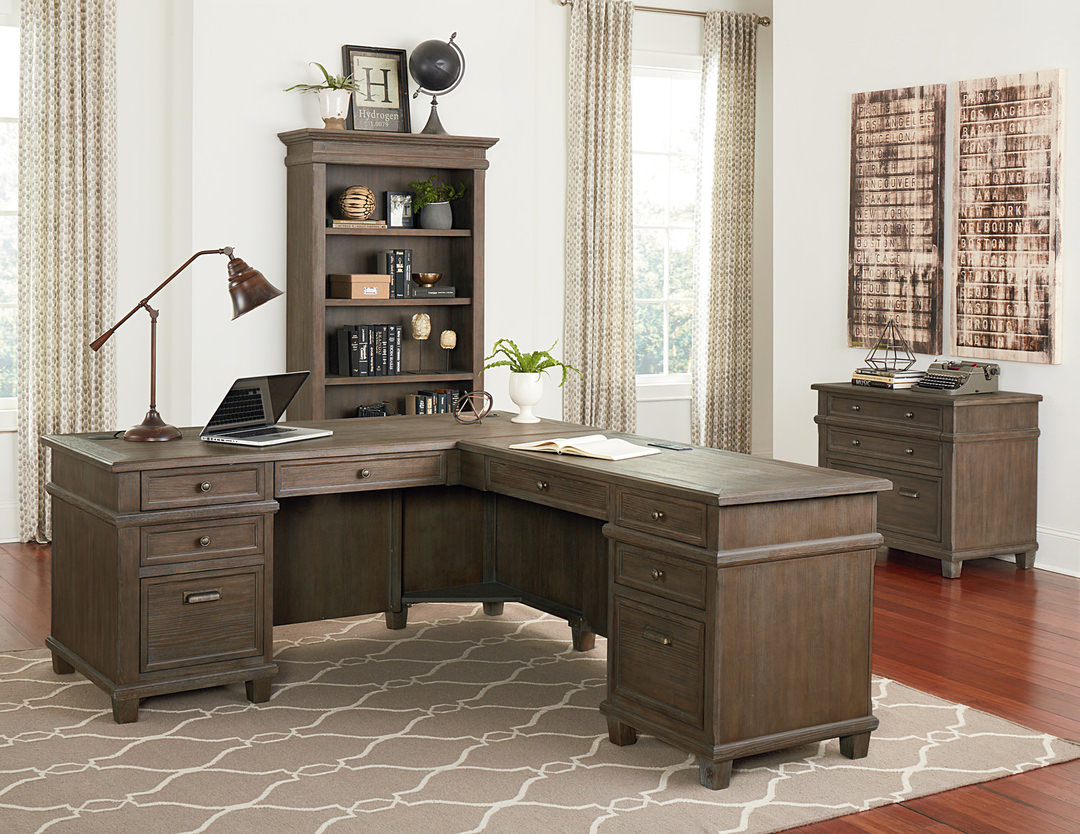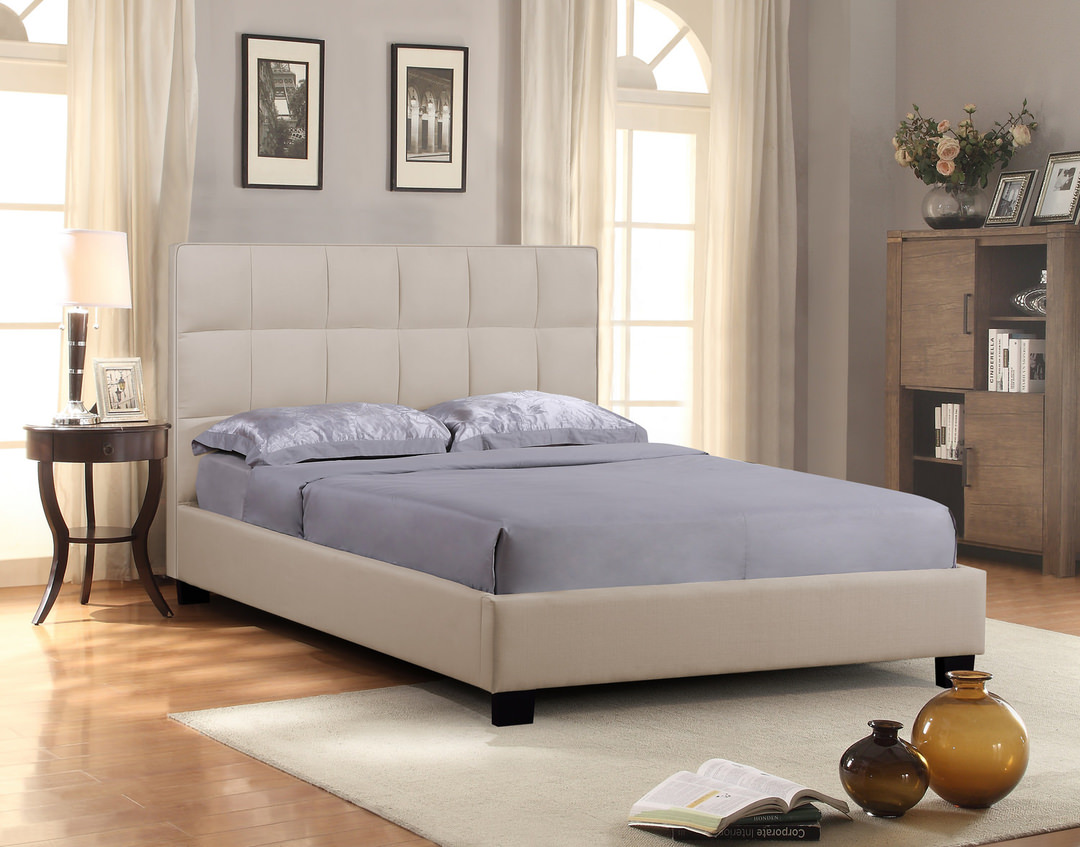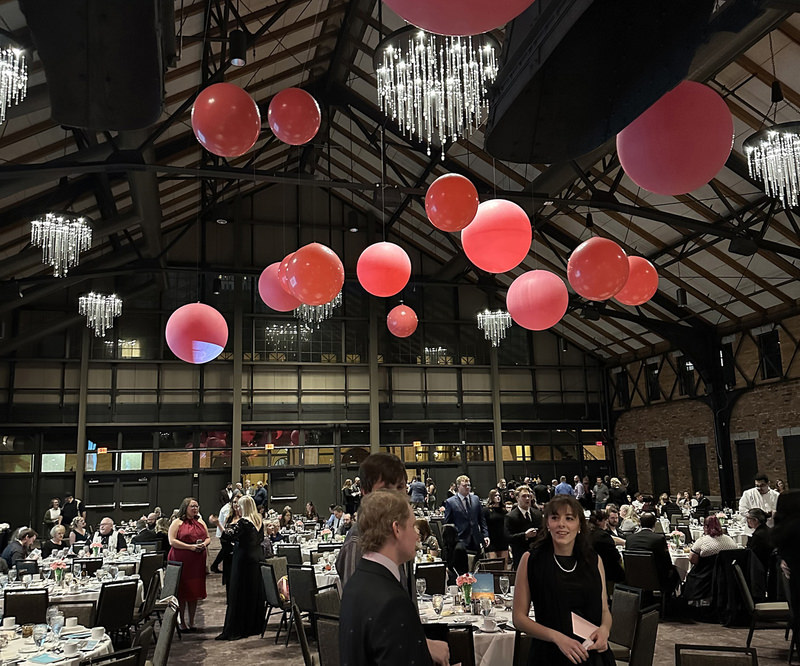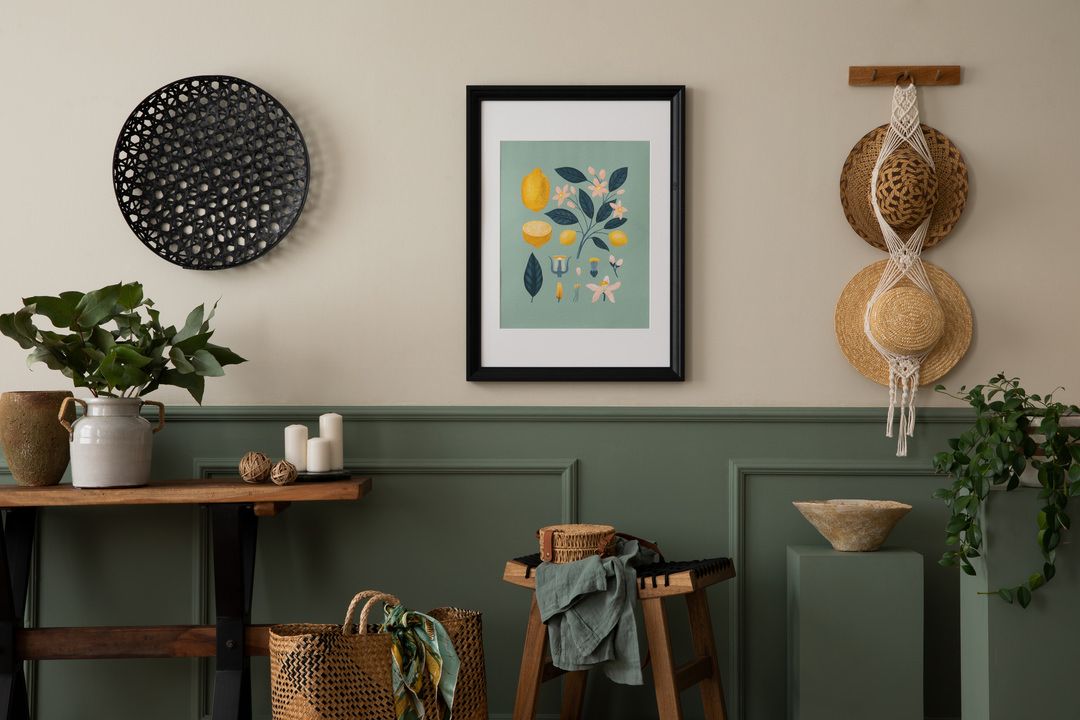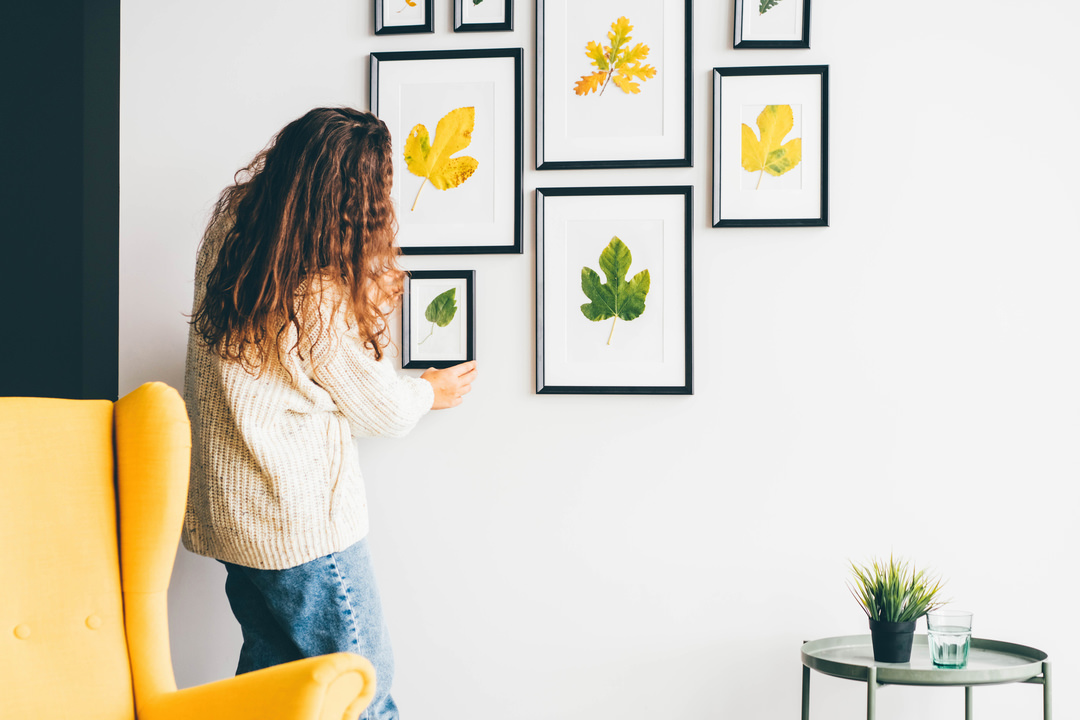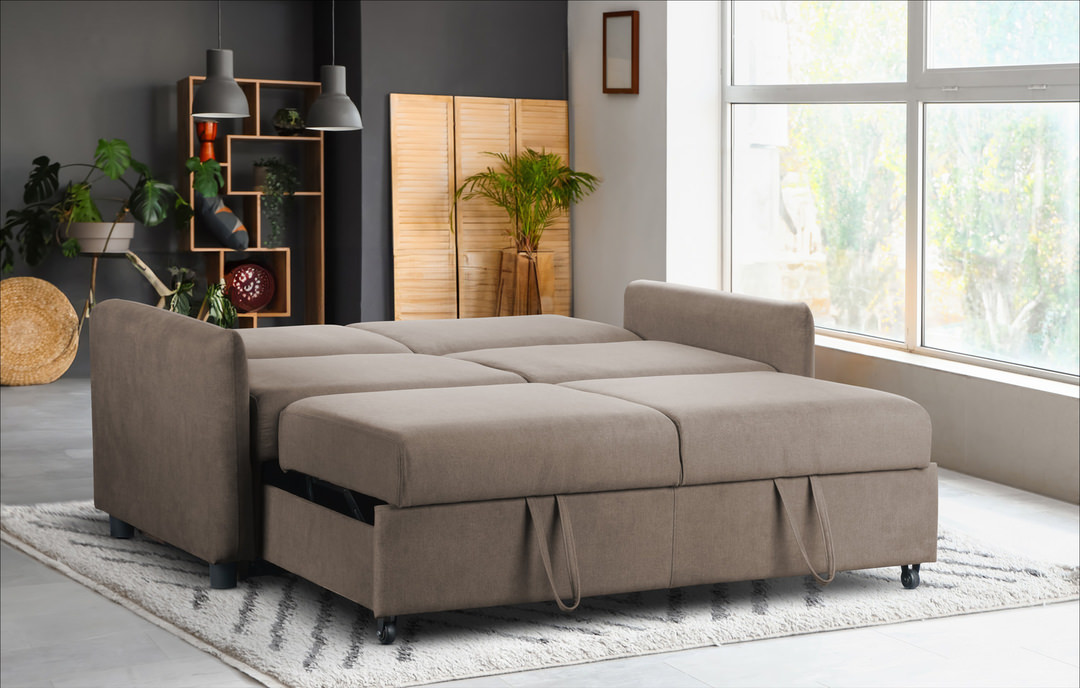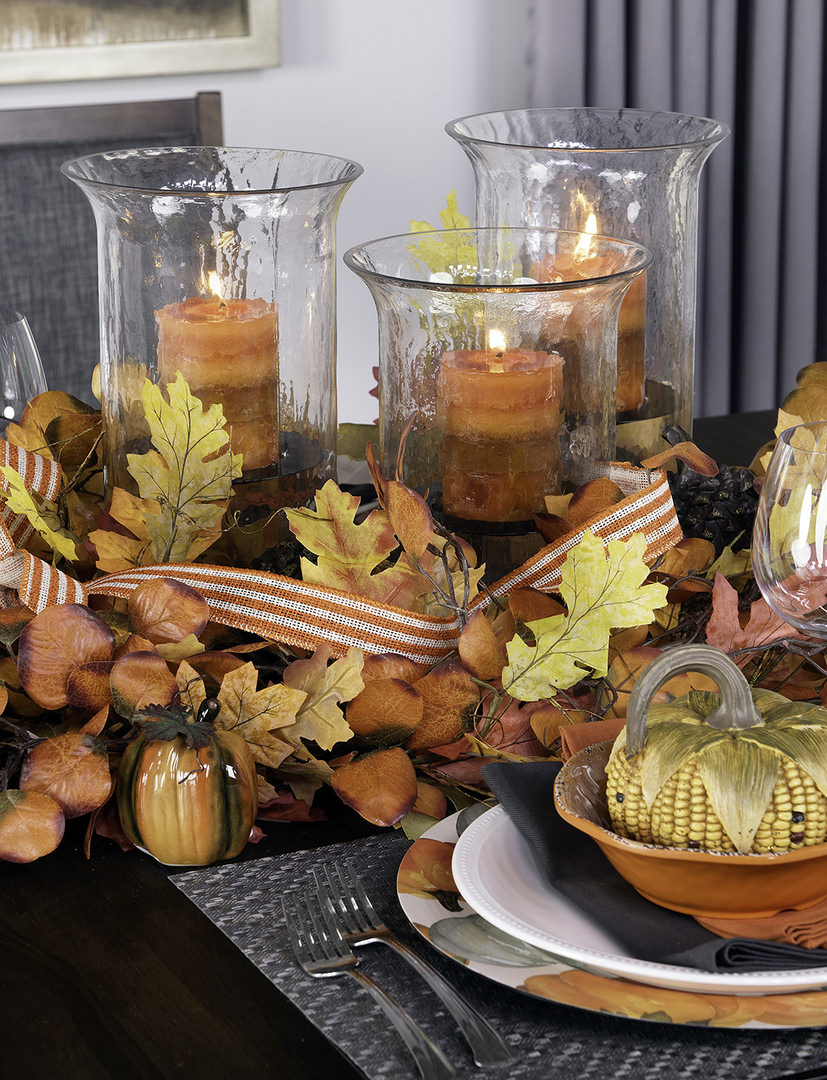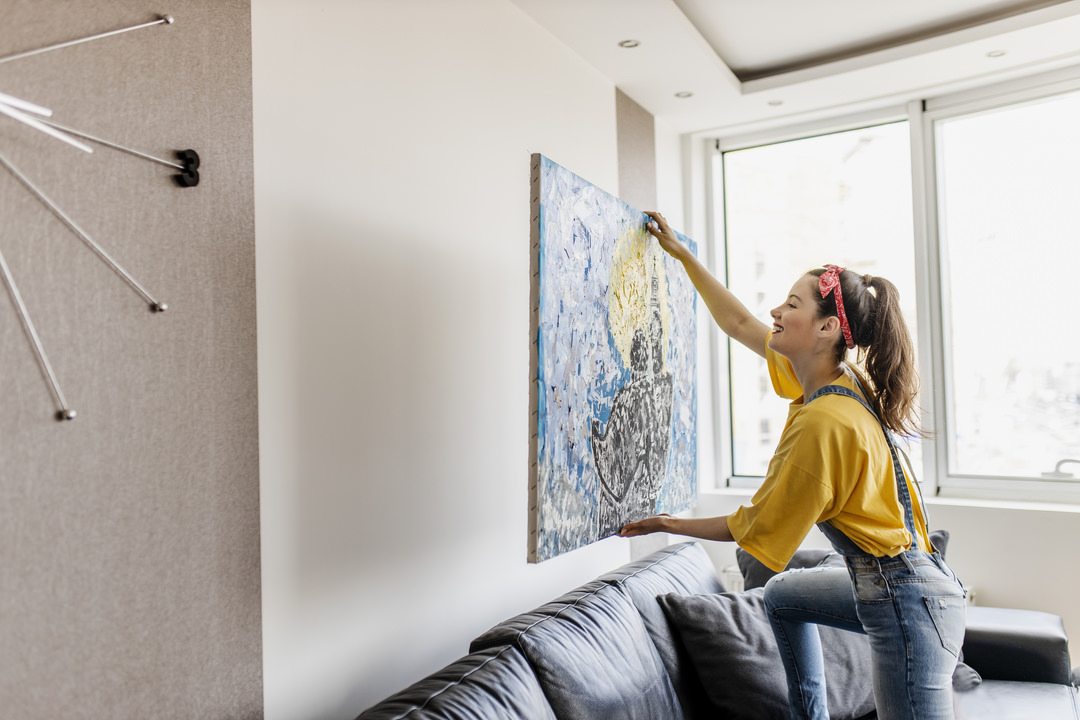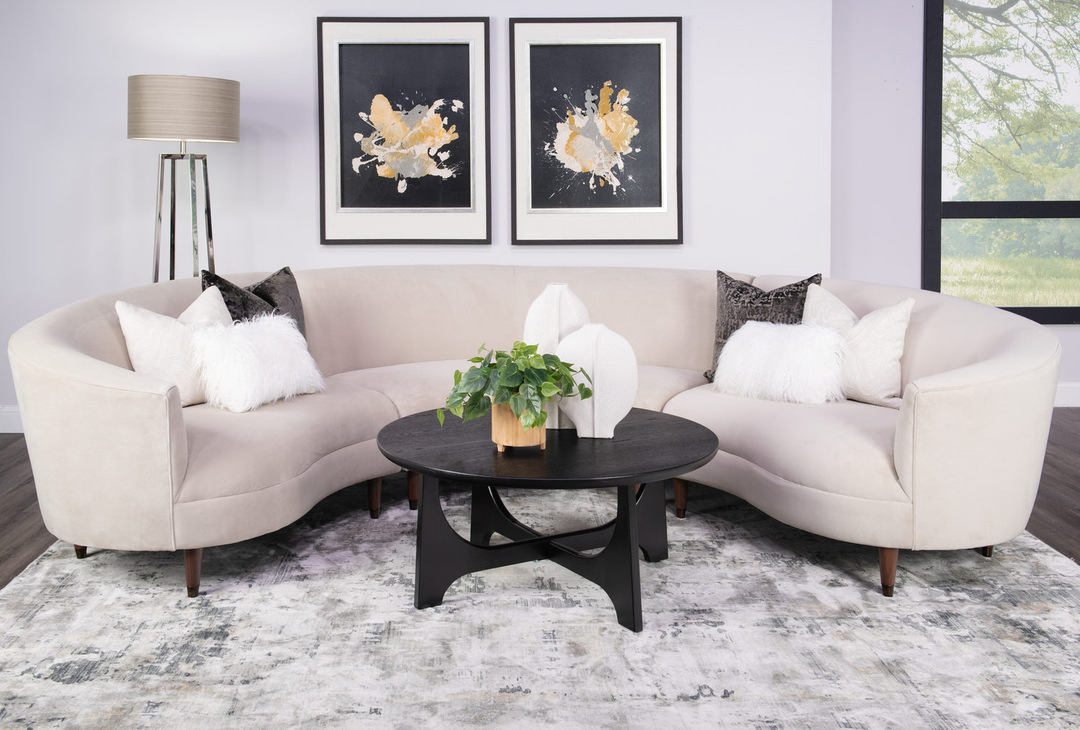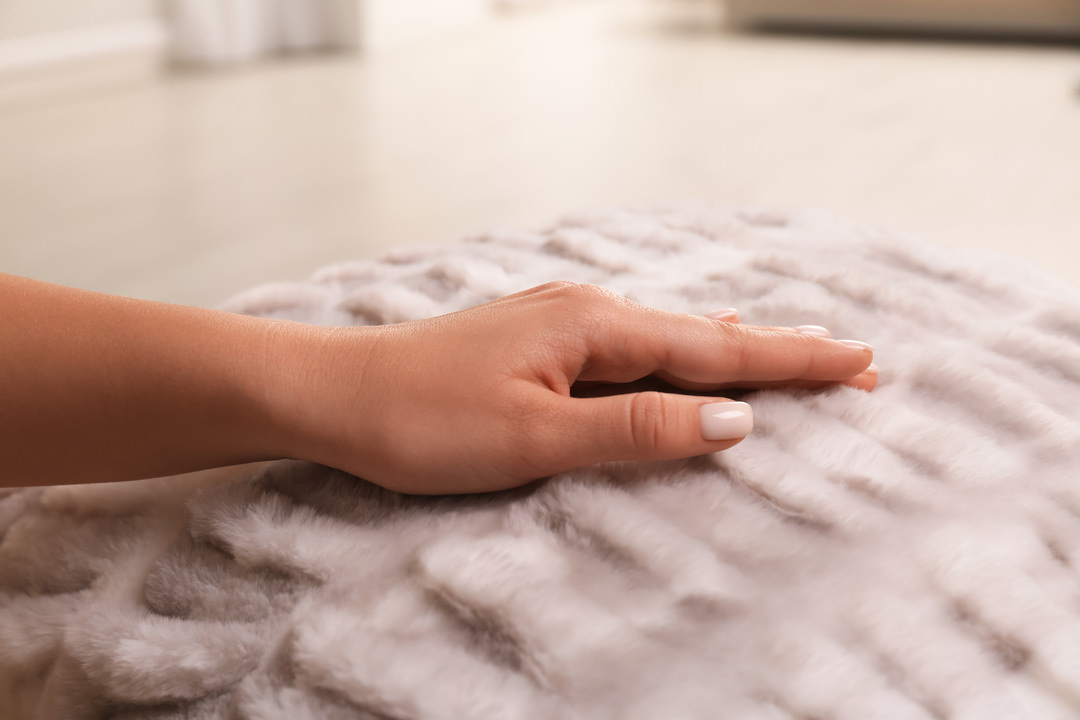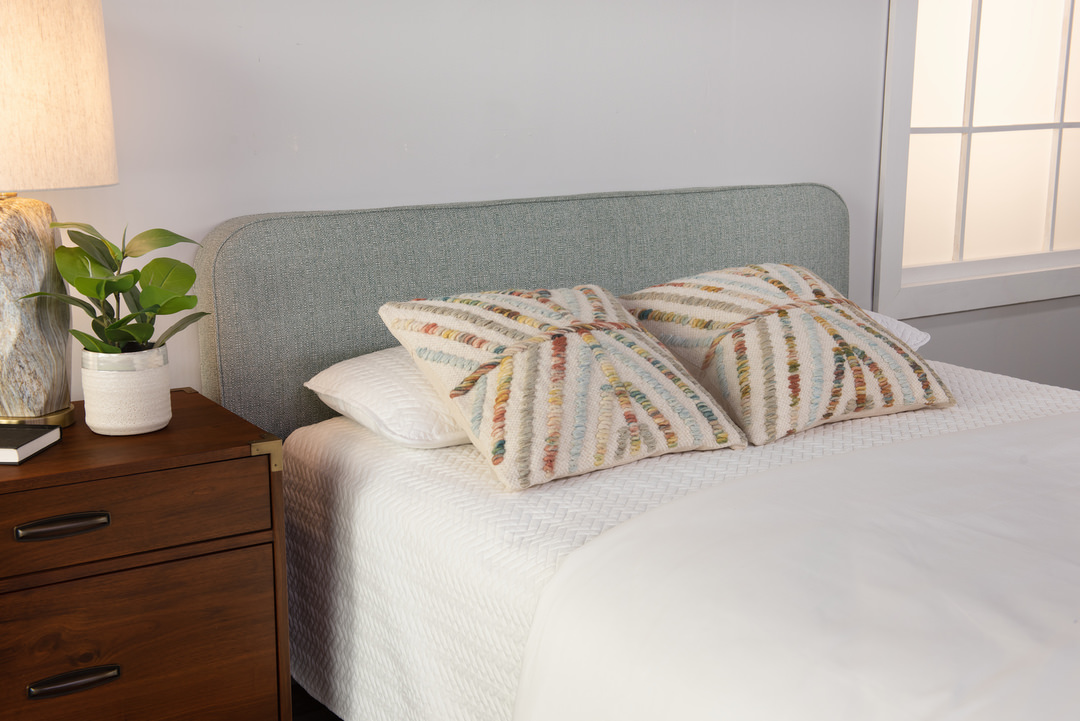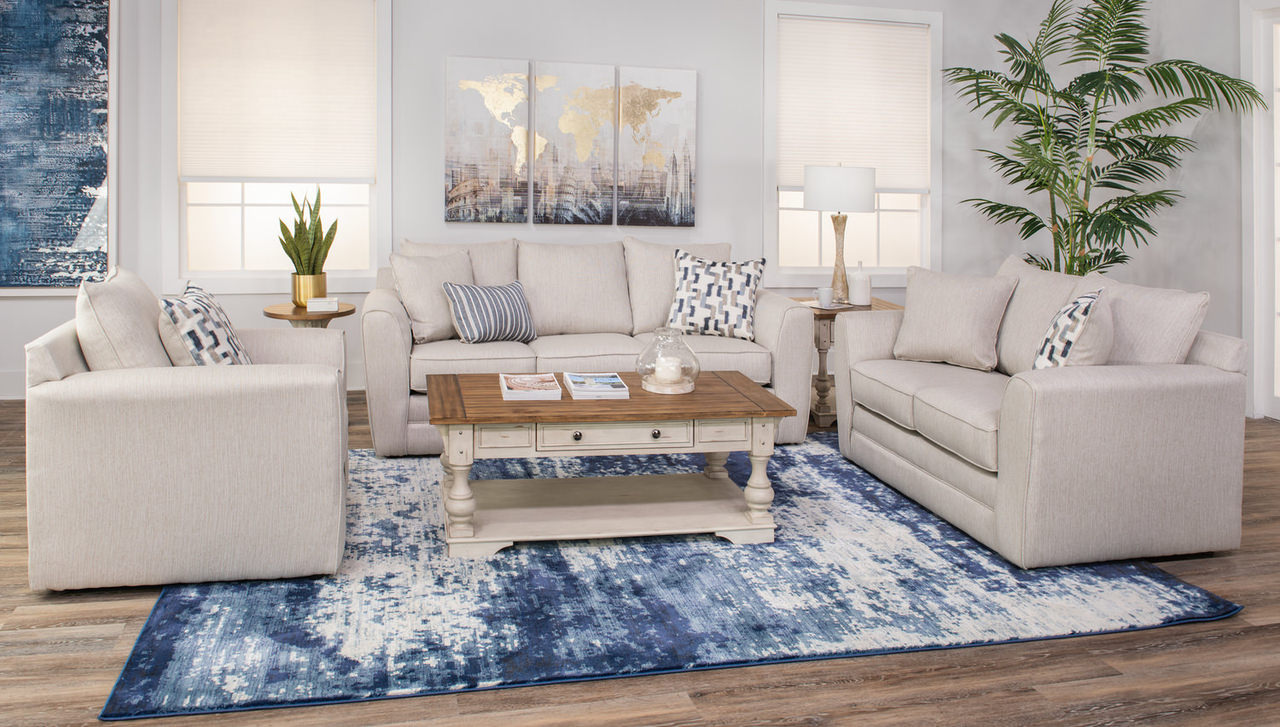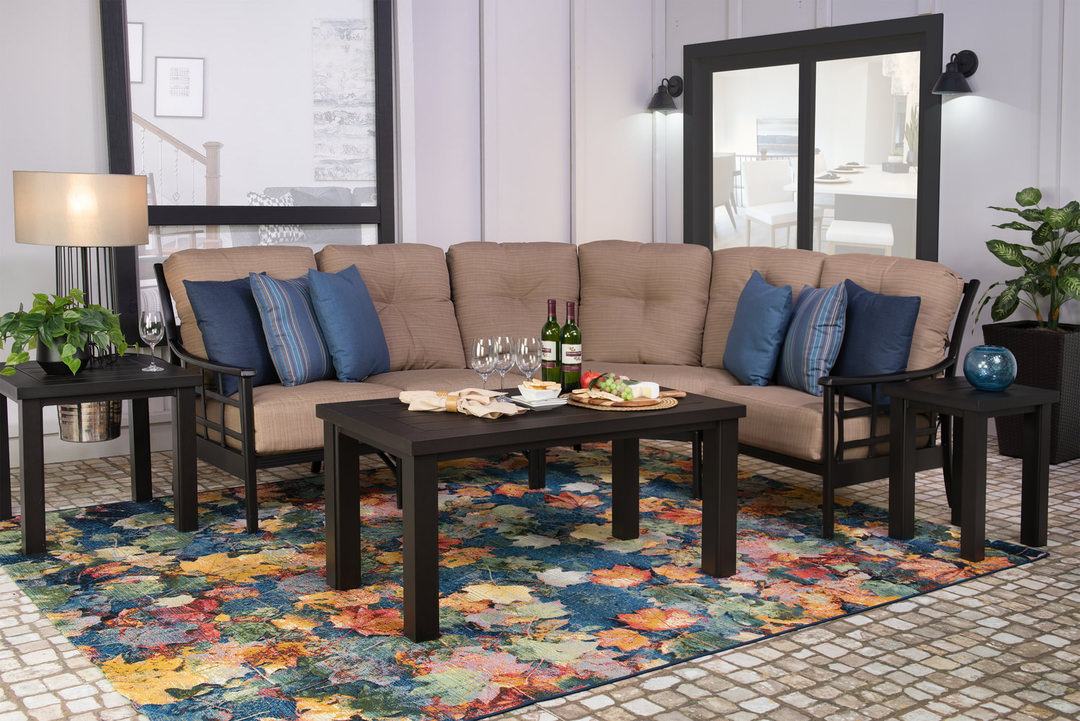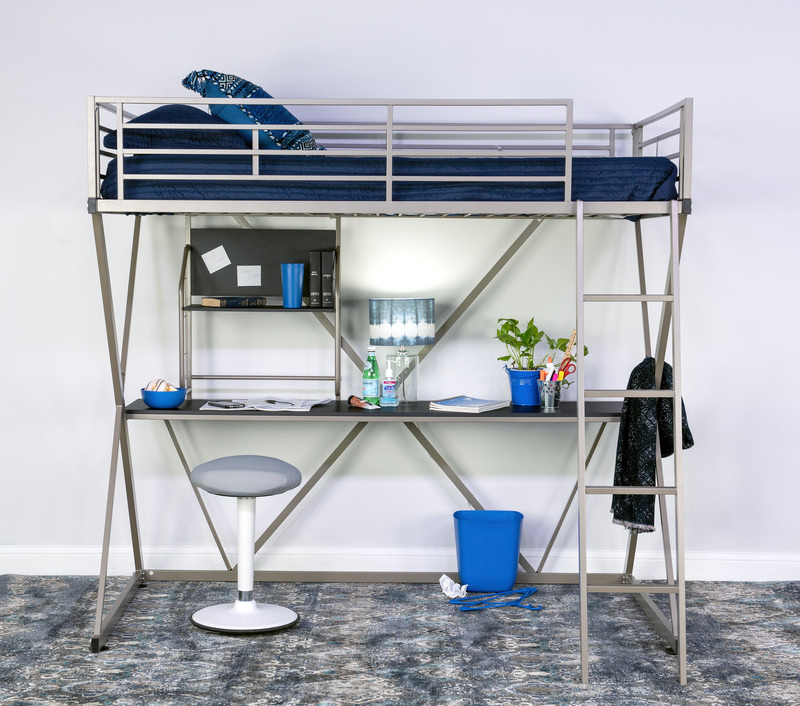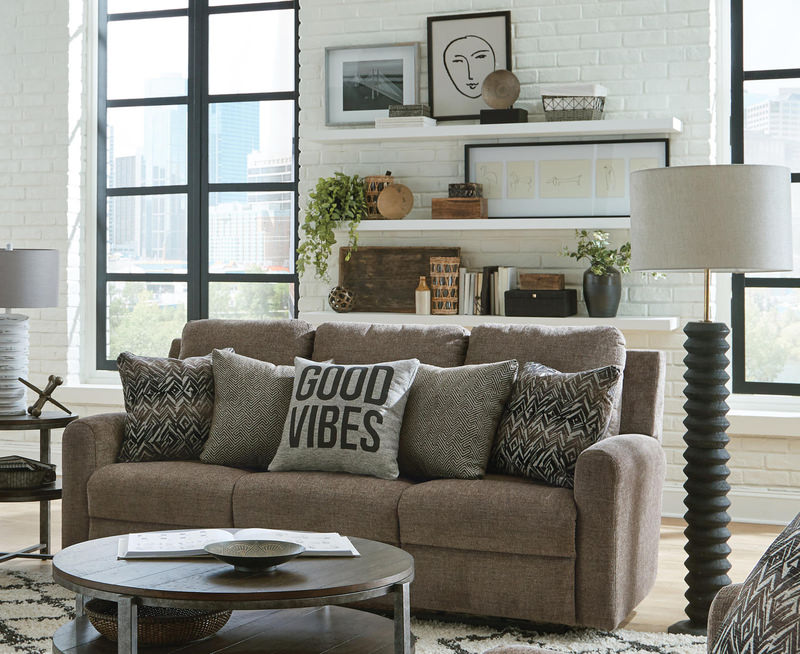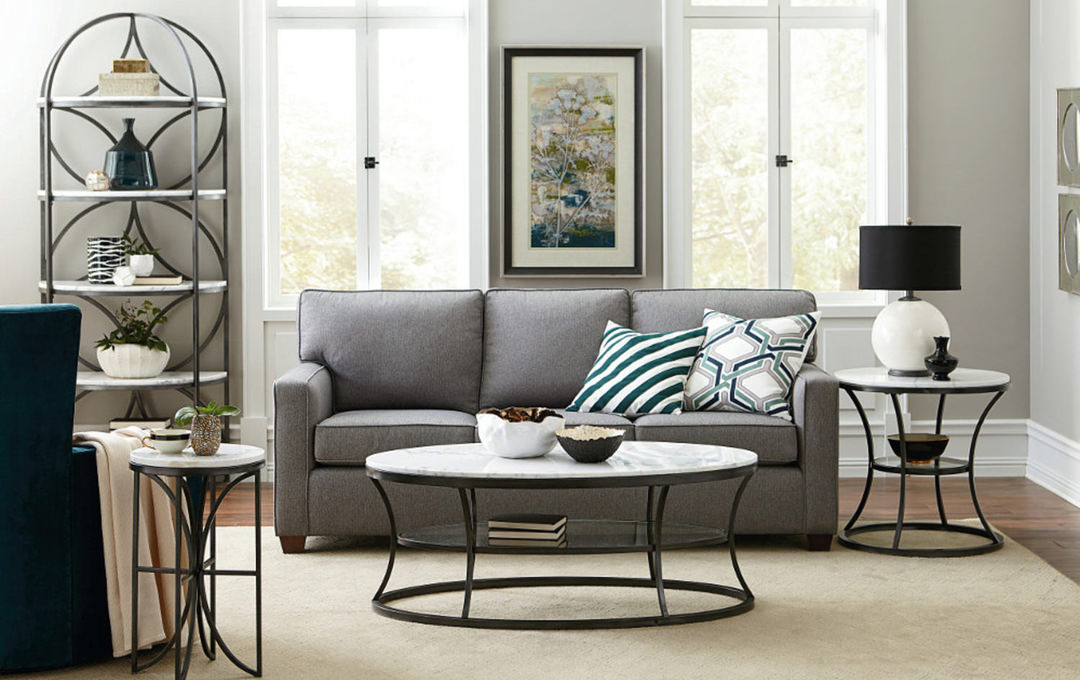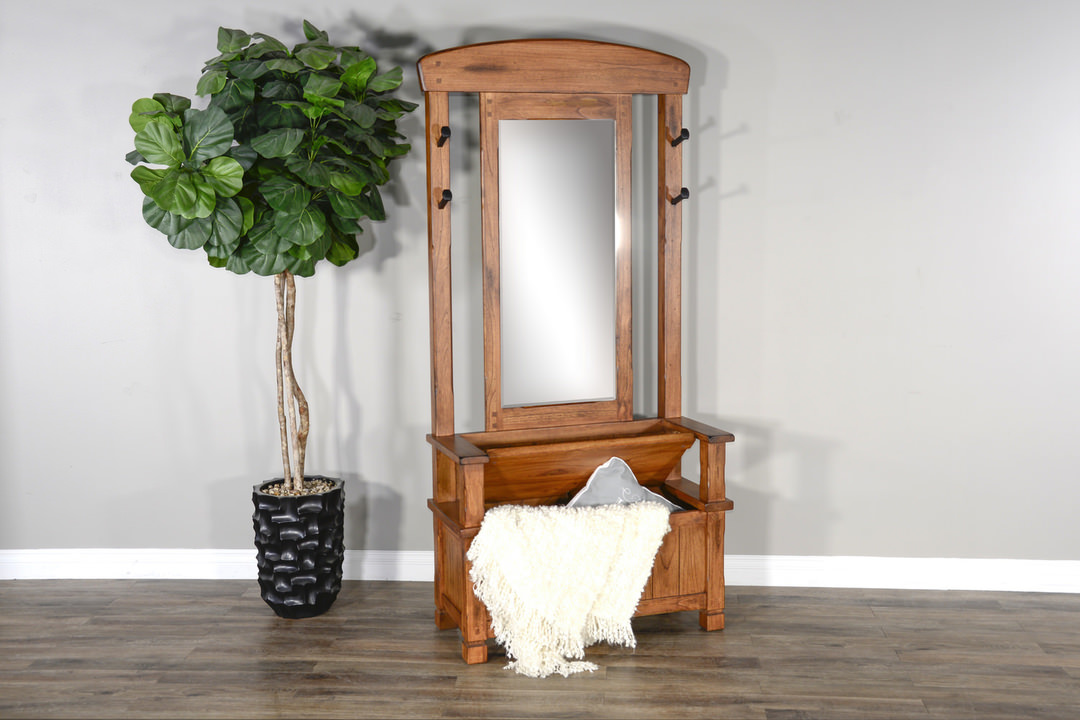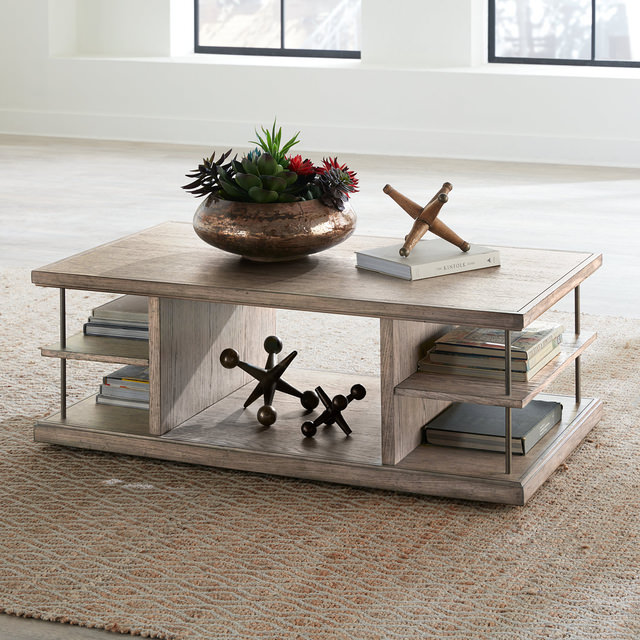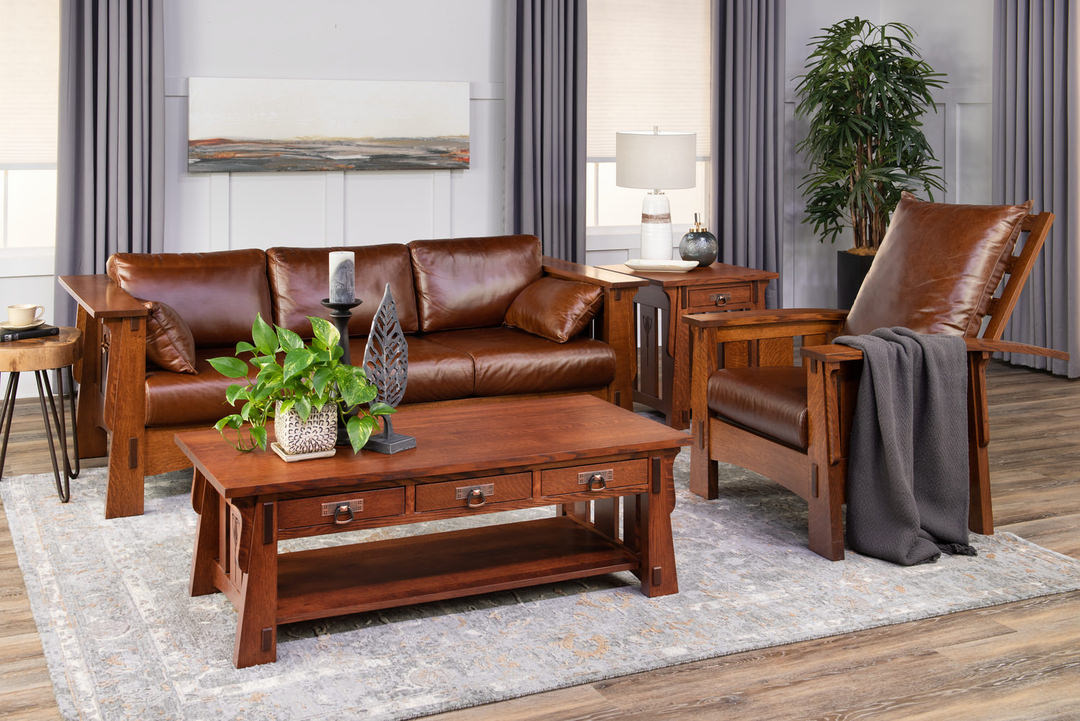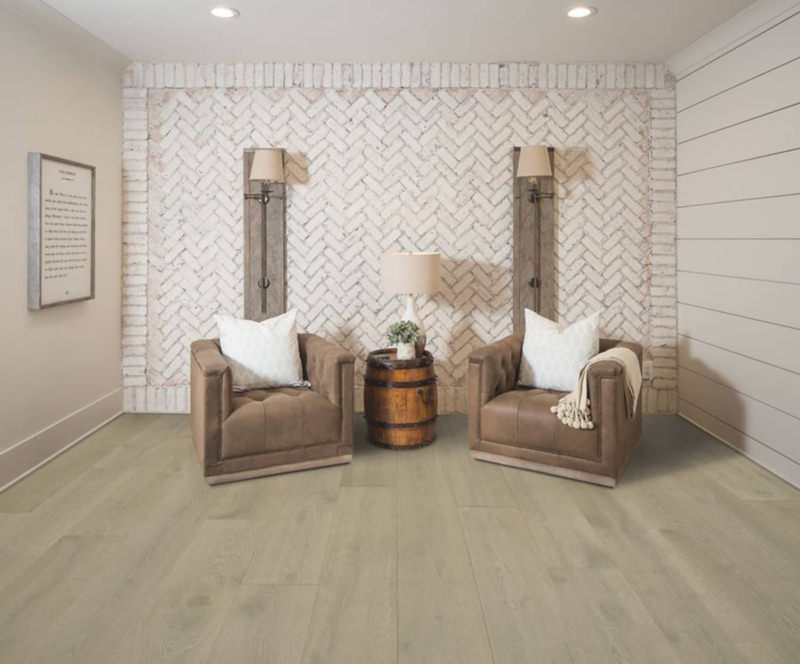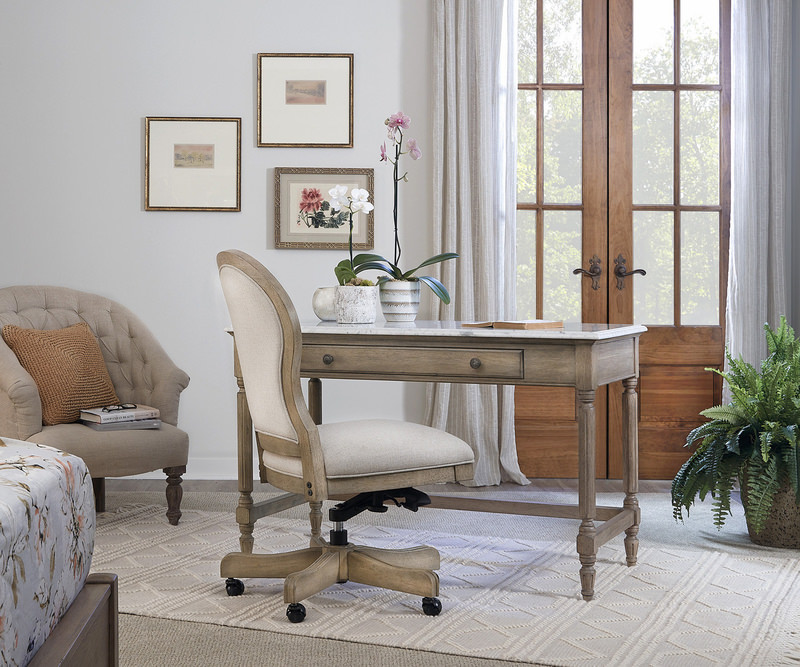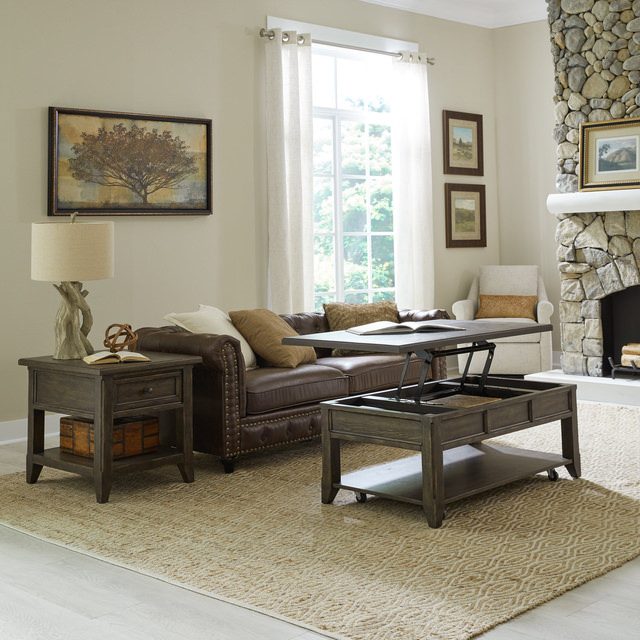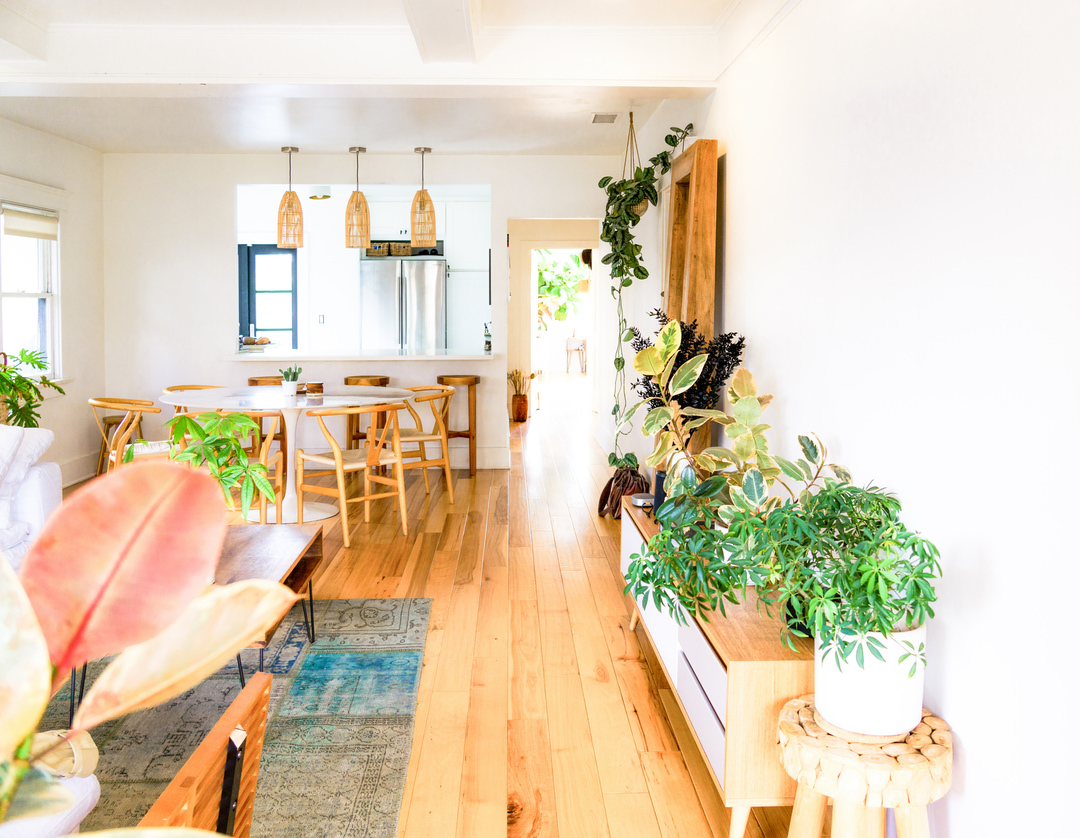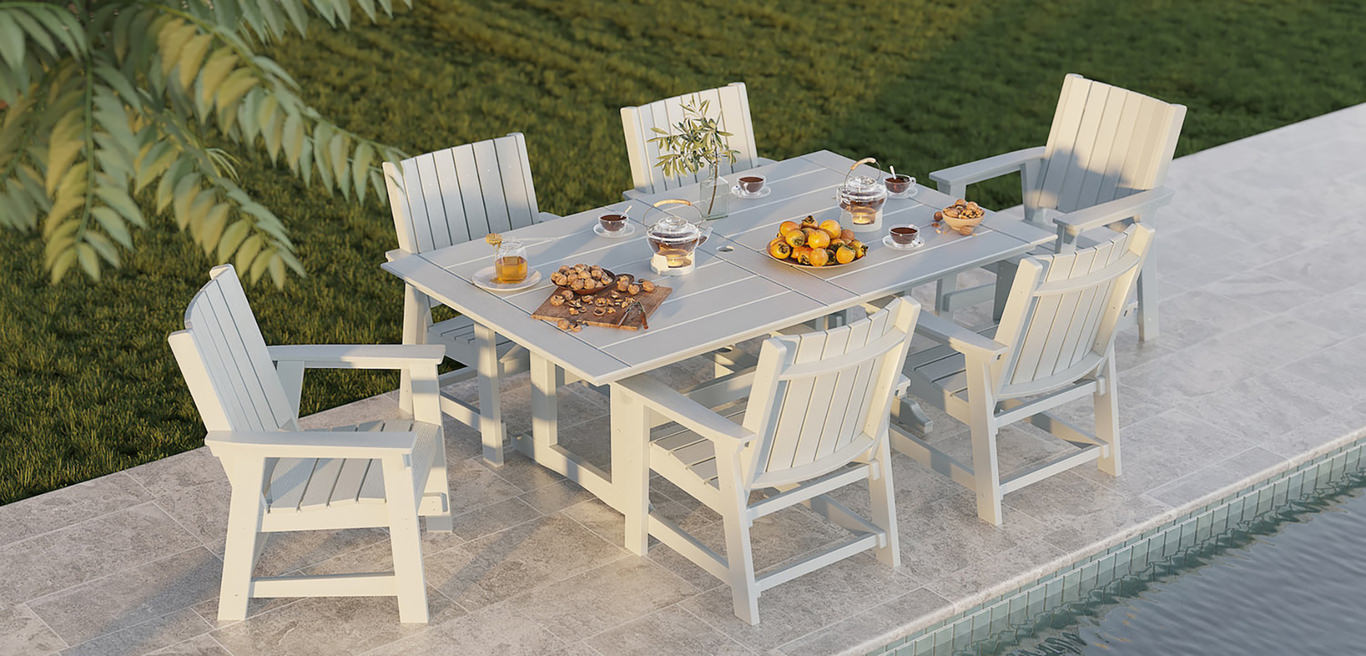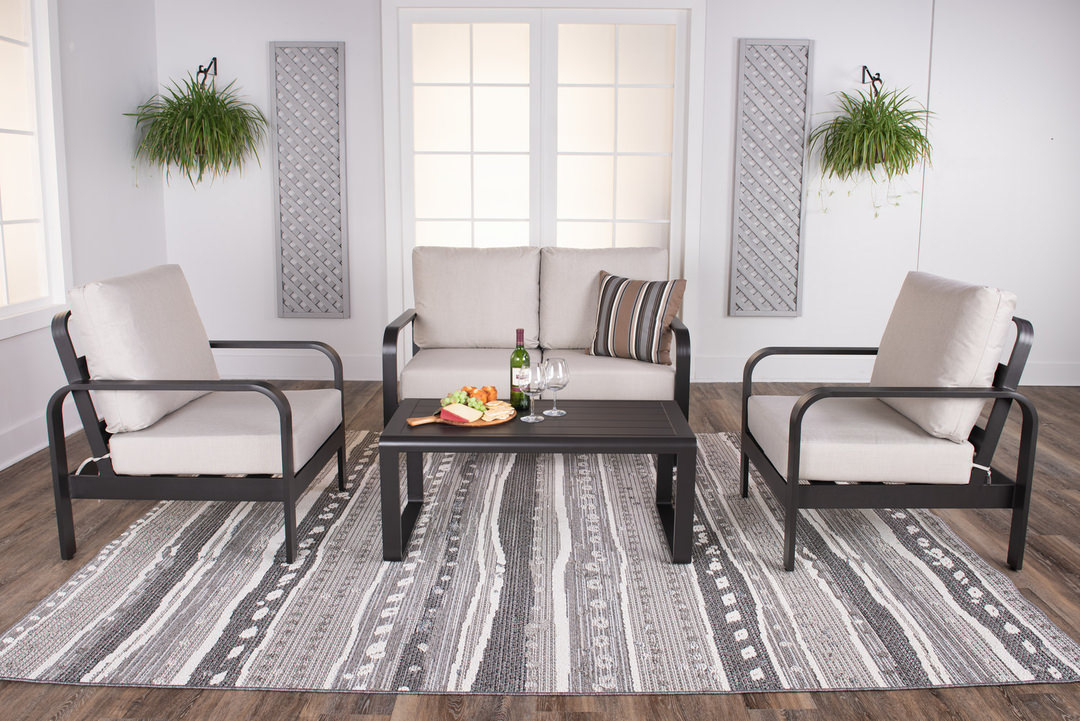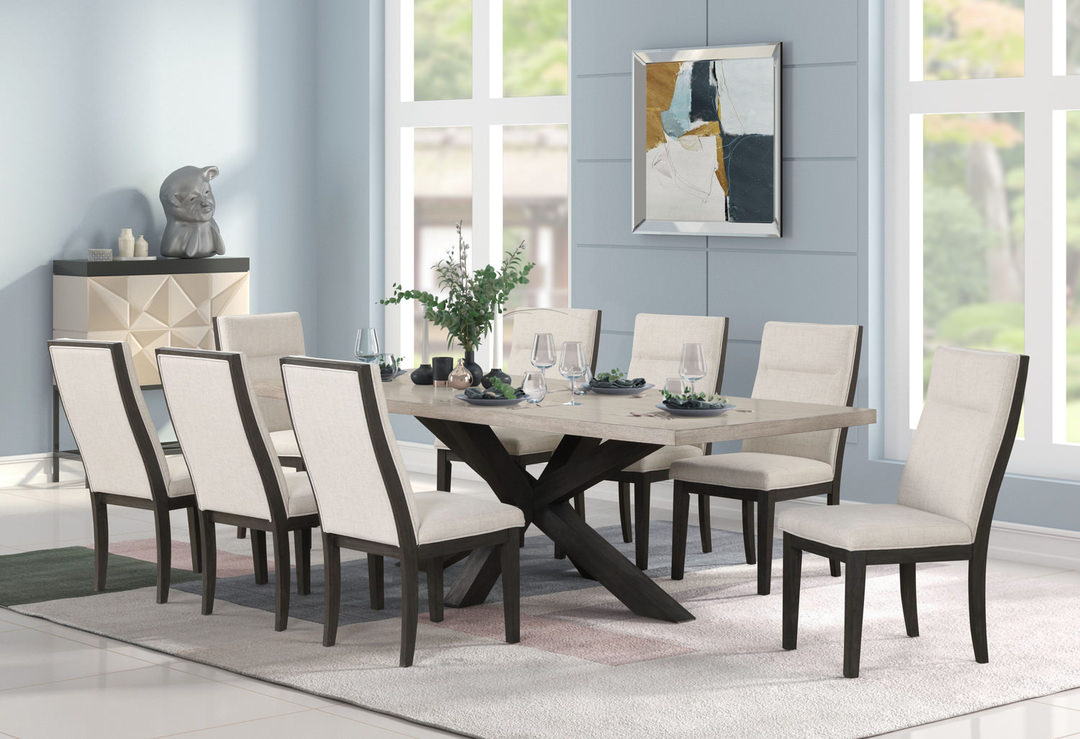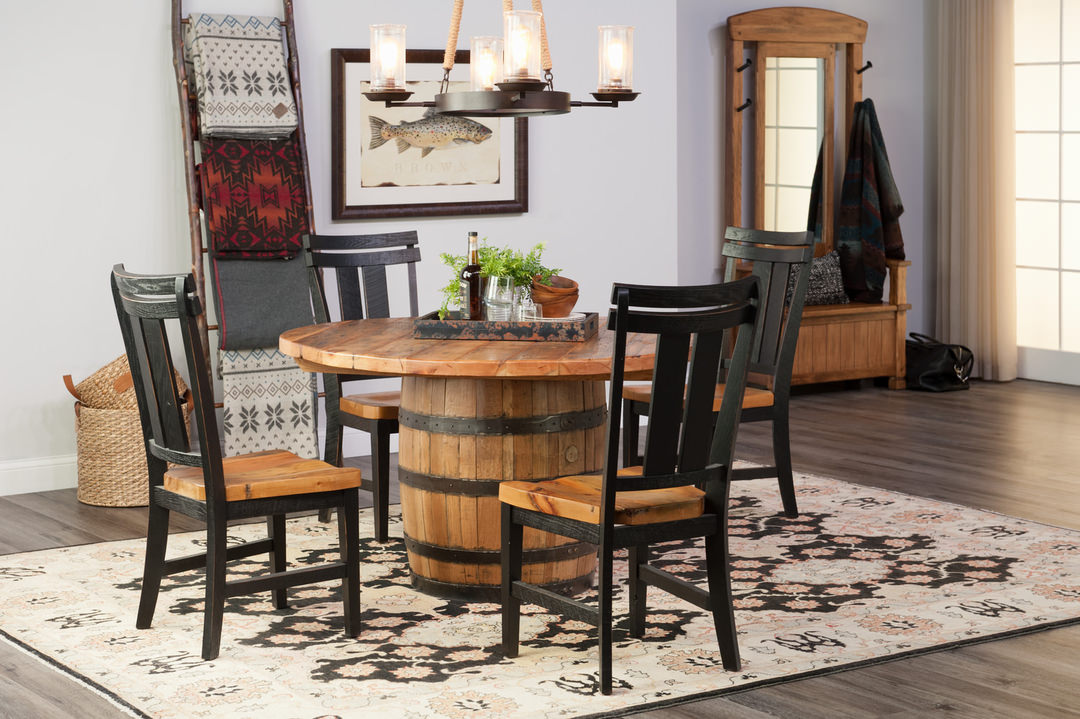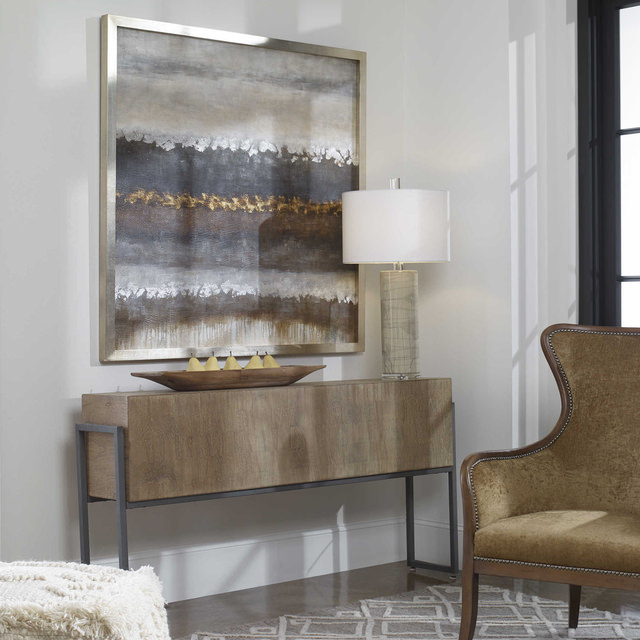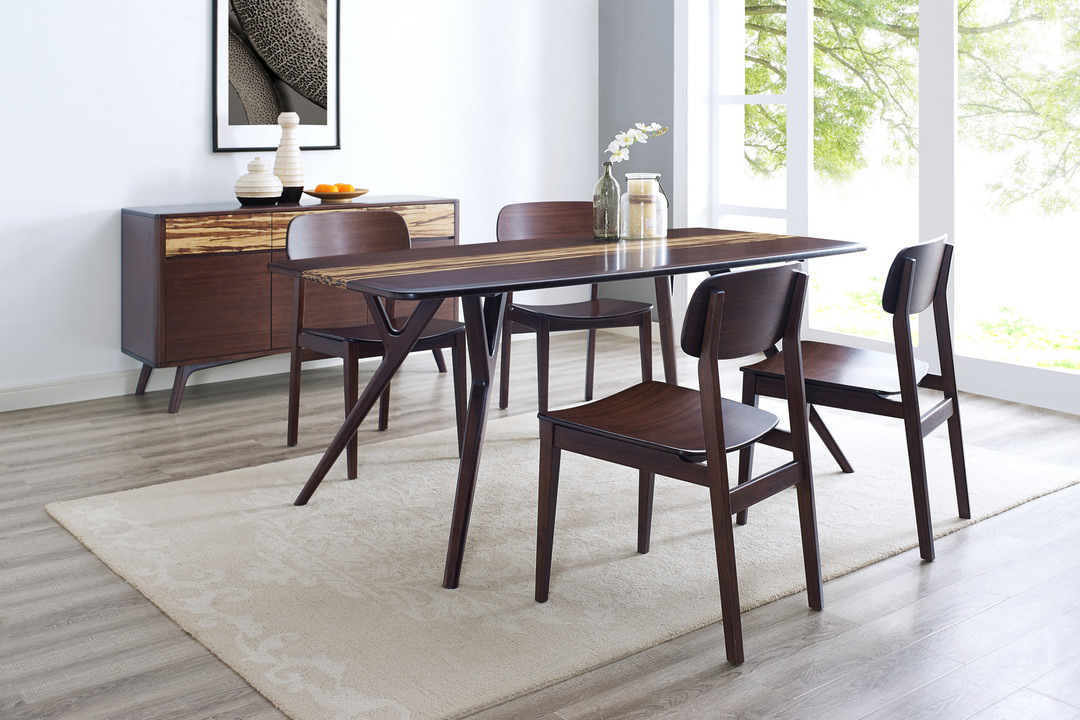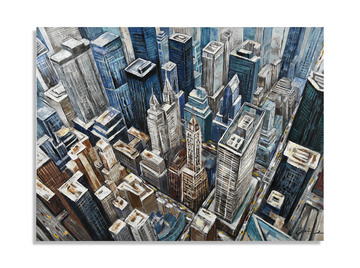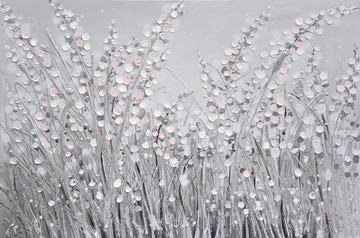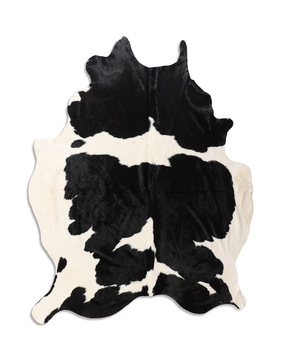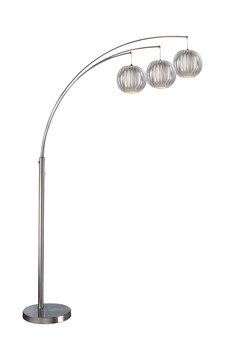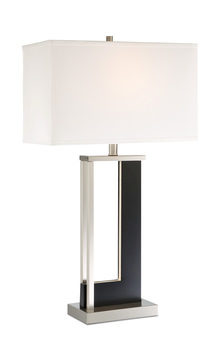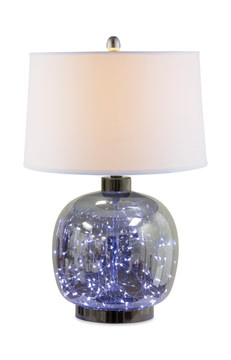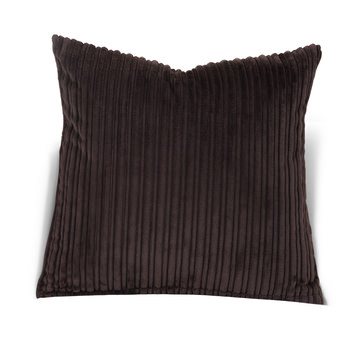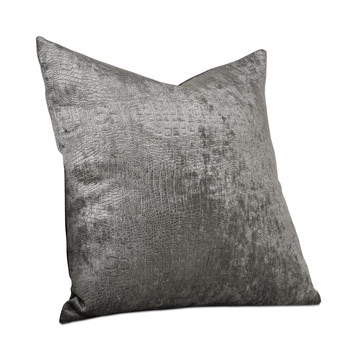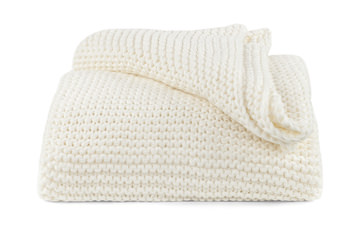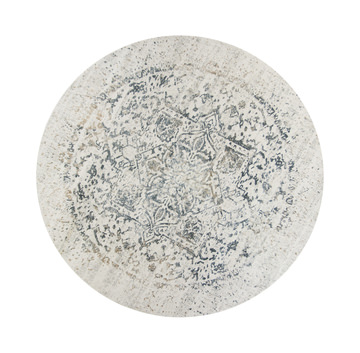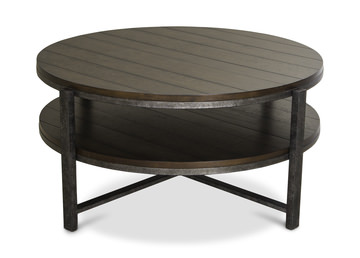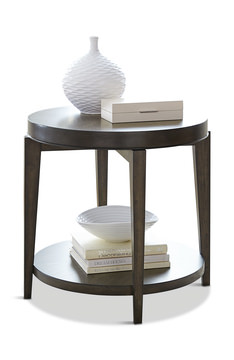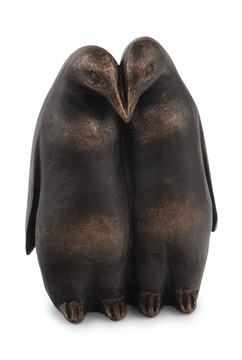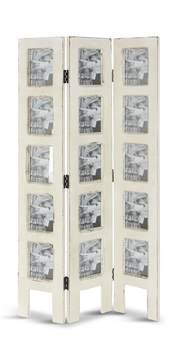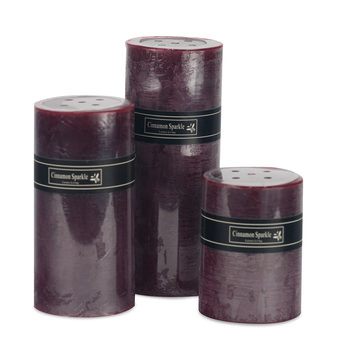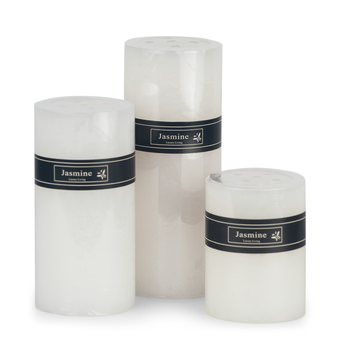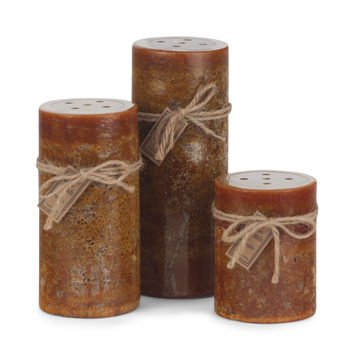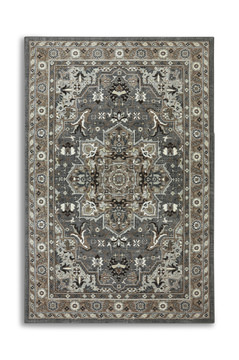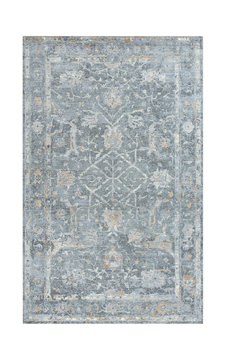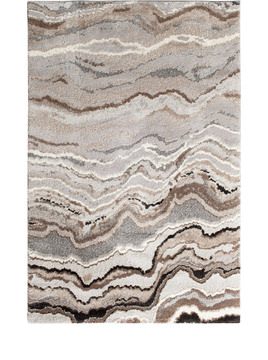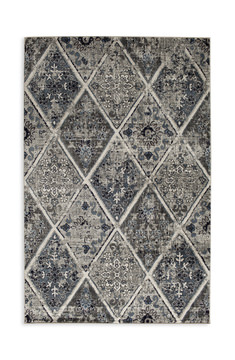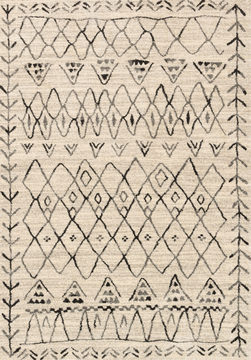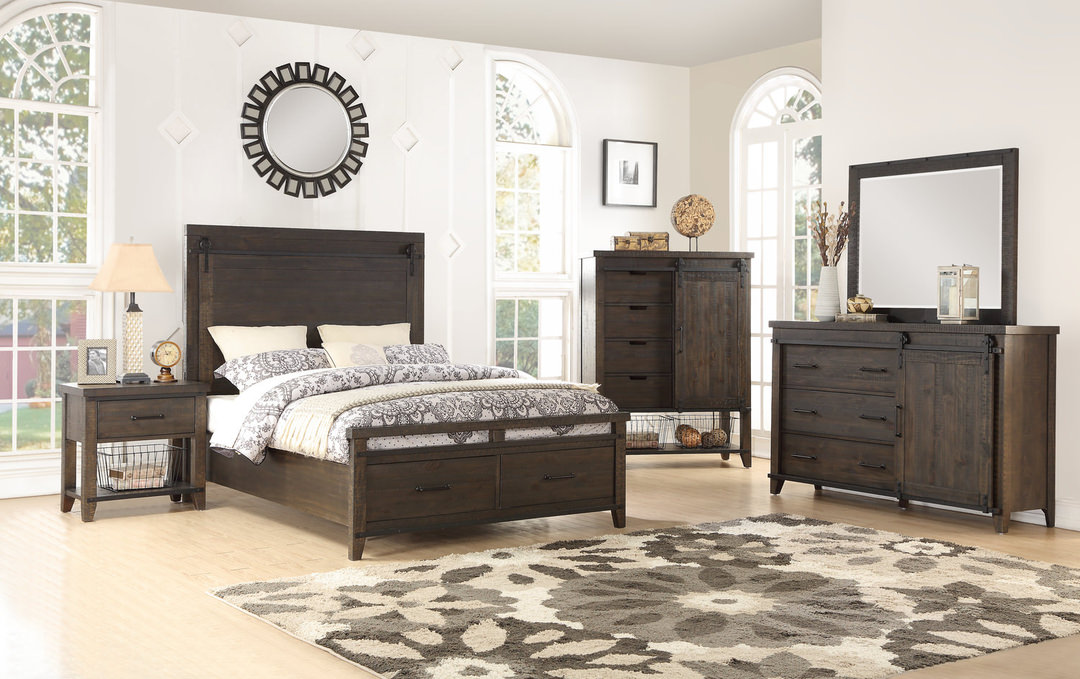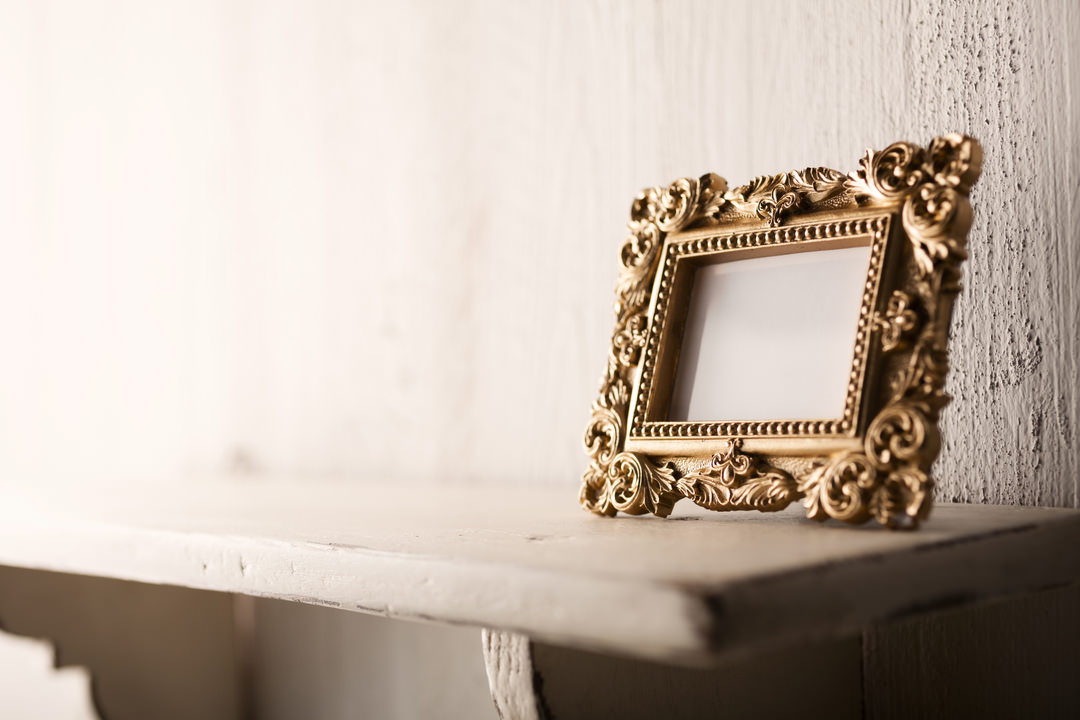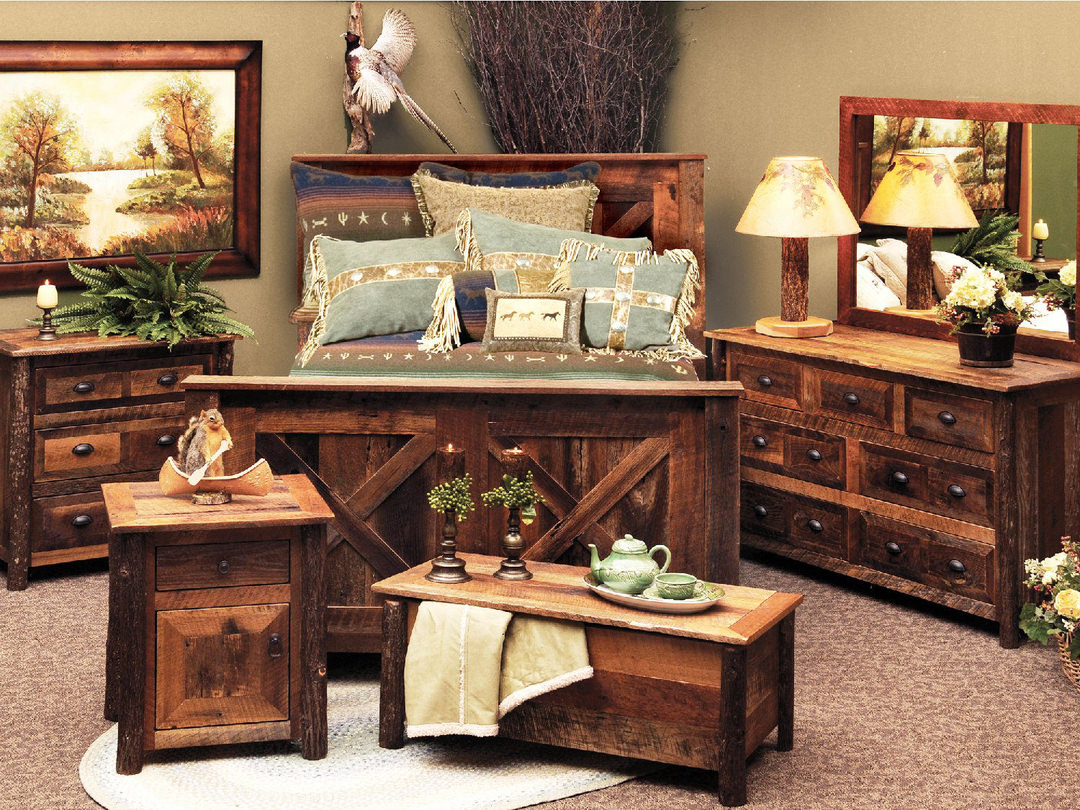Finishing Design Touches
Give your room a designer-approved look with these twelve often-overlooked finishing touches, from mood lighting to layering on textures.

Does the new year have you redecorating a room in your home? Perhaps you have a room that you decorated years ago, but it just never seemed finished. There are many tried and true strategies that designers use to give rooms a balanced and completed look, and most are easy to incorporate into your space. Polish off your unfinished room with these 12 steps.
1. Dress the walls. It’s probably the first thing that comes to mind when you think of decorating your interiors, and with good reason. Wall art, including paintings, prints and photos, make a huge impression in your room. You can make a dramatic statement with a single large framed piece hung above your sofa, or add personality and pizazz to your space with a gallery wall featuring your carefully curated collection of artwork. Landscapes or portraits. Bright colors or black and white. Florals or geometric prints. There are so many options to enhance your design style, from traditional to modern. Also consider adding interest to your space by hanging clocks, mirrors or metallic wall art in your empty interiors. And like a good wardrobe, don’t be afraid to switch pieces out for the seasons! Goodbye, winterscape. Hello, sunset at the lake!
2. Unroll style with an area rug. The walls aren’t the only surface in a room that calls for artwork. Dress your hardwood, vinyl or tile floors with an area rug. You can even layer an area rug on carpet or on top of a larger area rug. Area rugs not only bring your favorite style into a room (think traditional Oriental styles to bold geometric motifs), but they also have a way of grounding a room and creating balance in your space. In your living room, you should choose an area rug that’s large enough to fit at least the front two feet of your sofa, loveseat and/or chairs, creating a cohesive seating area that everyone will gravitate towards.
3. Set the mood with lighting. There’s an often-overlooked element in your room that has a great effect on the overall appearance, as well as the mood of the room. Lighting! Help brighten your room by adding a floor lamp to a dark corner, or a set of table lamps on your end tables. Dedicated lighting can make your room more functional (think your office or reading nook), or it can draw focus to a favorite furnishing or décor item. You can take a room from bleak to chic, all with the careful placement of an extra lamp or two.
4. Think about texture. Your room is full of colors and patterns, but it should also be full of different textures. A variety of textures, from the woods and leather found on your furnishings, to glass décor pieces and reflective items, can add variety to your design and interest to your space. Don’t forget to bring in some soft textures, via cozy throws, sumptuous pillows and flowy fabrics.
5. Add some curves. Most rooms are full of hard edges, from the walls to the angles of your coffee table and framed artwork. You can soften up your room by bringing in some curvy pieces. Whether you choose a round area rug, a round wall mirror, or a circular coffee table, these pieces add variety to your room and give it that special “something” that’s hard to put your finger on.
6. Bring in some height. In a low-height room, you should choose short furniture, right? Actually, it’s the opposite. You can make ceilings look taller with tall furniture such as bookshelves; while low-profile furniture can actually have the opposite effect.
7. Dress your windows. Think of window treatments as the bows for your room. Your space won’t look complete without curtains, drapes or other window coverings. Of course, they offer all the practical benefits as well. Some tips: you can actually make your room look bigger with floor-to-ceiling curtains (see, Bring in Some Height, above). Also, consider light colors and airy fabrics to make your room feel brighter and bigger.
8. Corral loose objects. Clutter may make your room look lived in, but it certainly doesn’t give it that wrapped-up look we desire. Strategically position trays on places like end tables, coffee tables (basically, any type of table), as well as shelves and consoles. By creating a space for everything and grouping like objects together, you’ll create a polished look and help maintain the clean feel as well.
9. Laugh it up. Interior design doesn’t need to be all serious. In fact, we think it shouldn’t be. Bring in a touch of humor to your space, through a whimsical sculpture, book ends or wall art. Anything that makes you smile is probably a good piece, and will bring joy to your family and guests as well.
10. Add your own personal touches. It’s important to make your space feel like you. Add framed photos to wall displays and shelves. Display your favorite collectibles in a curio cabinet, or a small grouping on a shelf. Incorporate the family heirloom accent piece in your design—make it the star of the show by placing it on an attention-grabbing small area rug or adding spot lighting close by. There are many ways to add your personality and history to your space, and these shouldn’t be omitted from your “completed” design.
11. Bring your room to life with plants. Carry a little bit of the best from the outdoors inside your home by adding live plants to your room. Whether you have the space and can care for an indoor tree or opt for low-maintenance succulents, plants breathe life into your room. They also add color and variety that will do wonders for your space.
12. Breathe in some of your favorite scents. This last tip doesn’t focus on the visuals, but the feelings. (Although, added benefit—candles are pretty!) You can cultivate a homey feeling by adding your favorite comforting scents to a room. It also does wonders for updating your space for the seasons and holidays. Pumpkin spice, anyone?
Enjoy a room that looks like a million bucks and smells like a dream with these tips for finishing your design. Incorporate them as you see fit, but don’t be afraid to break the rules. The unexpected can be charming and chic when it comes to home interiors.
